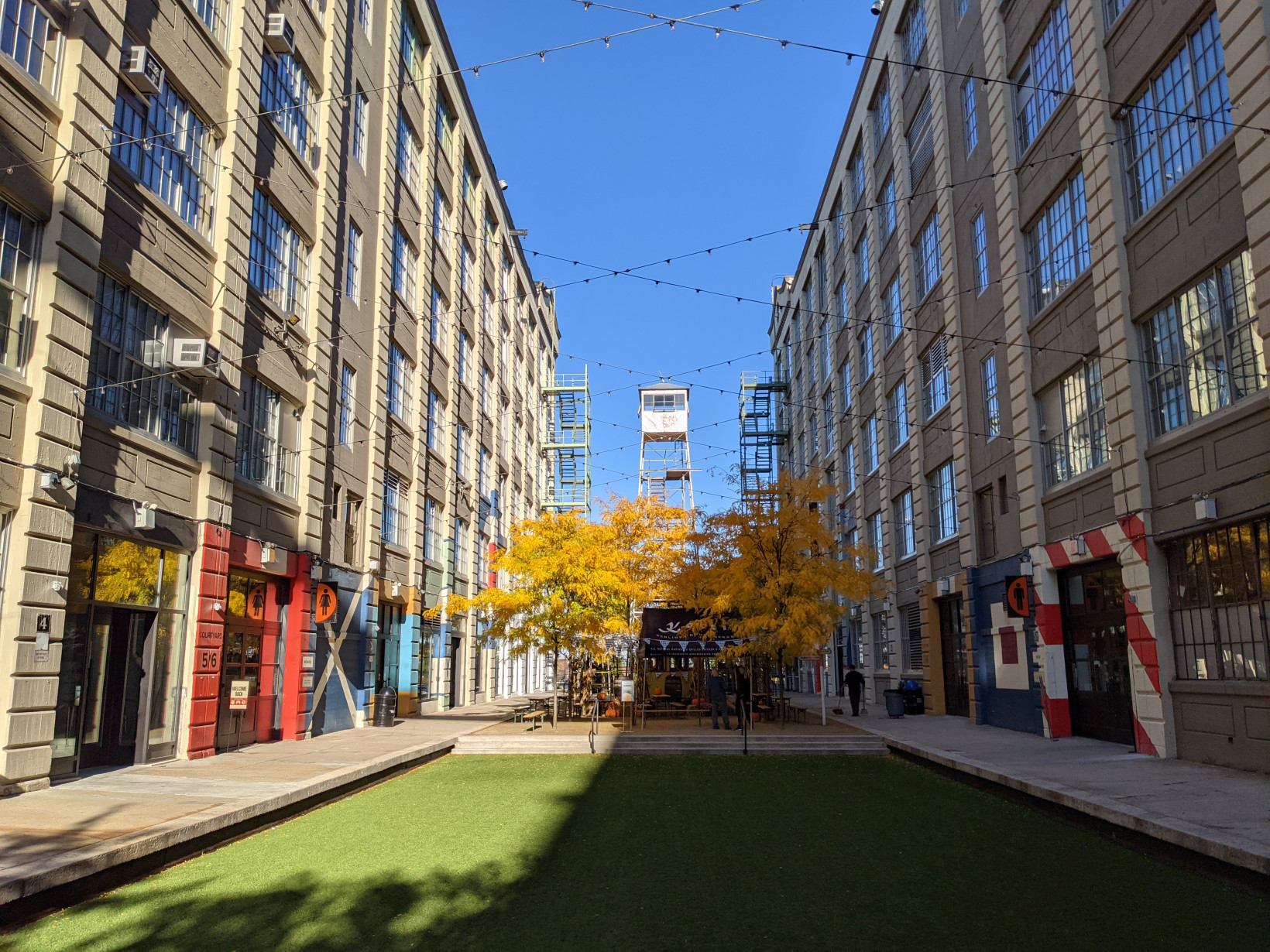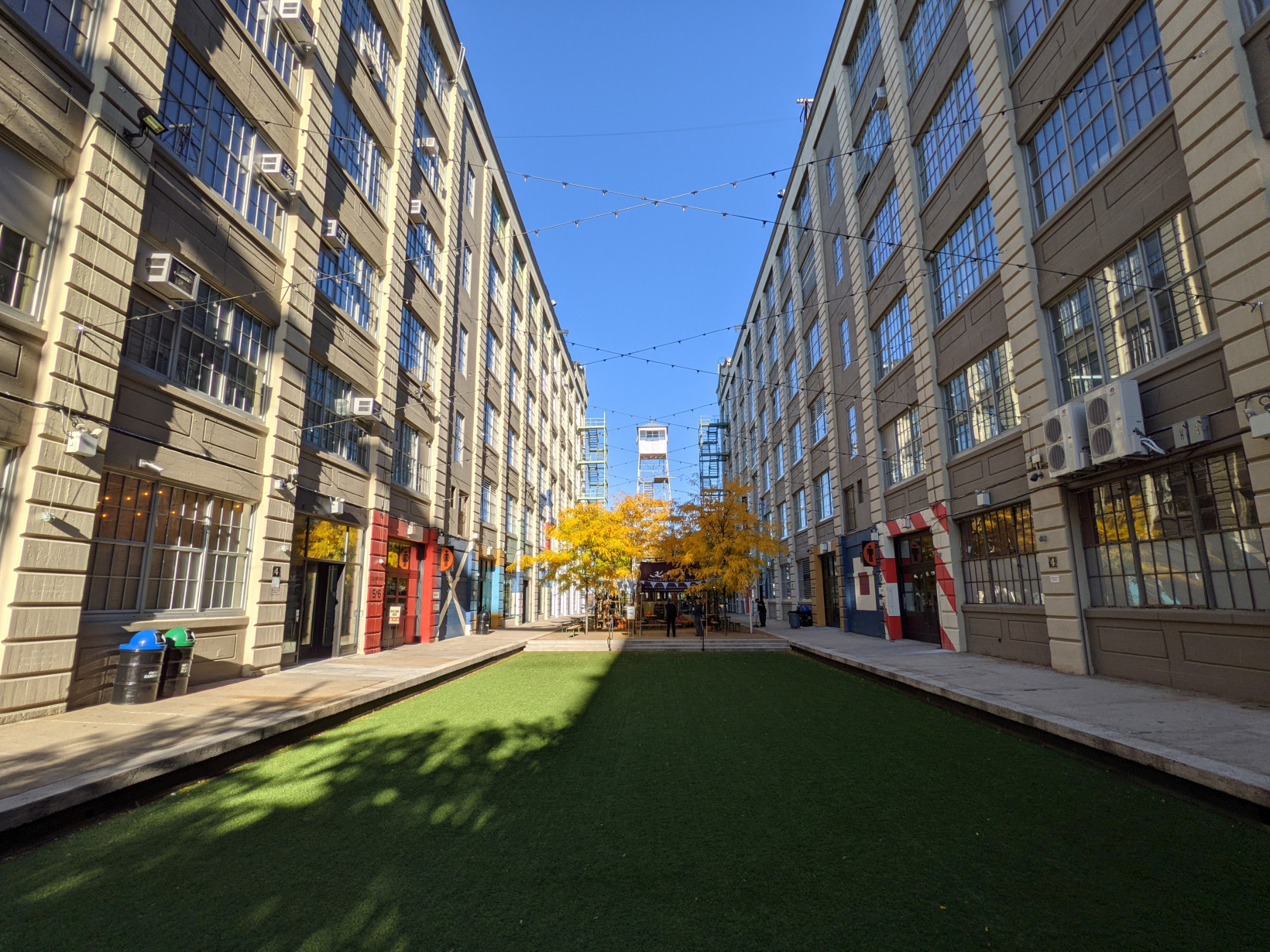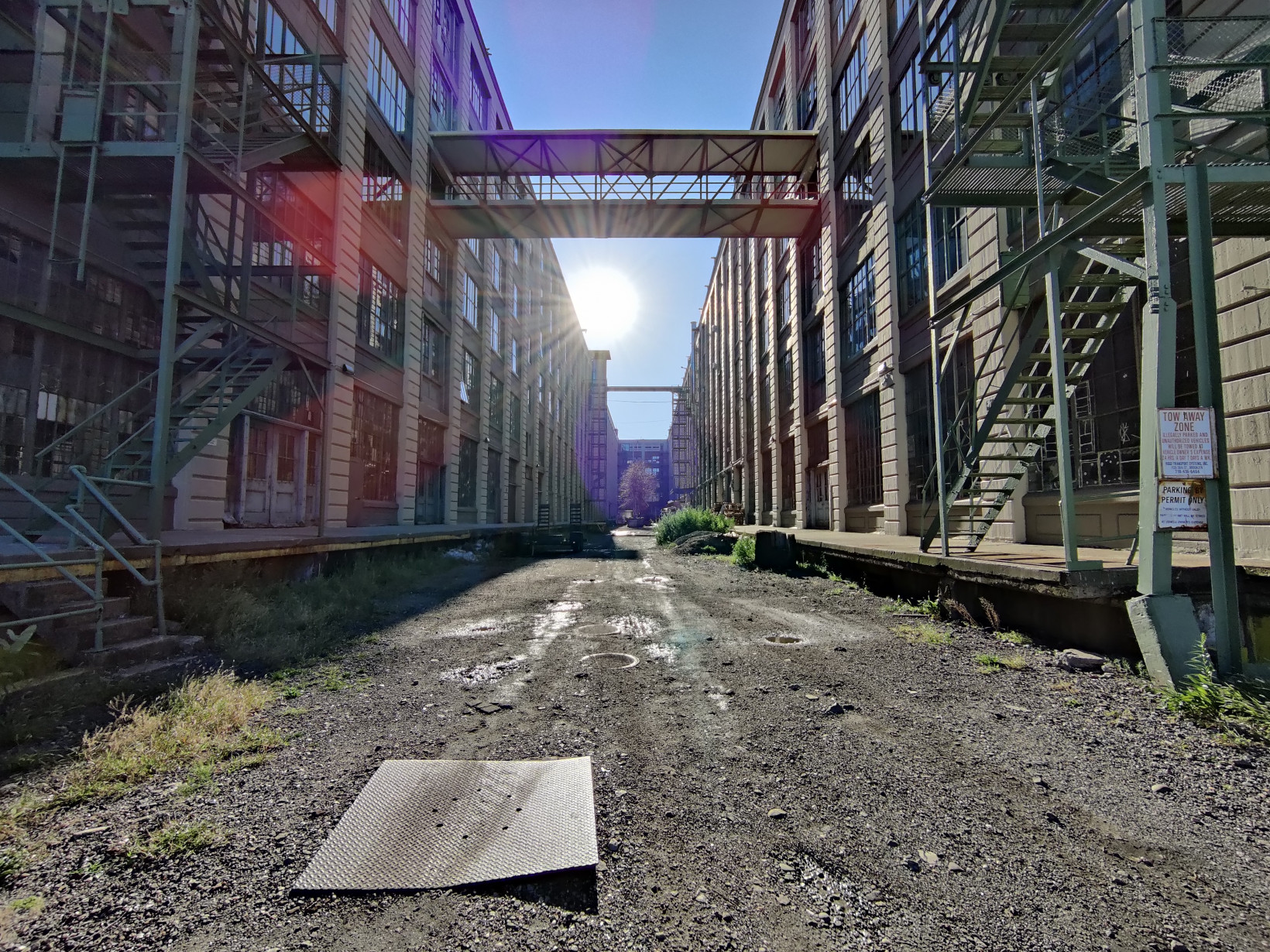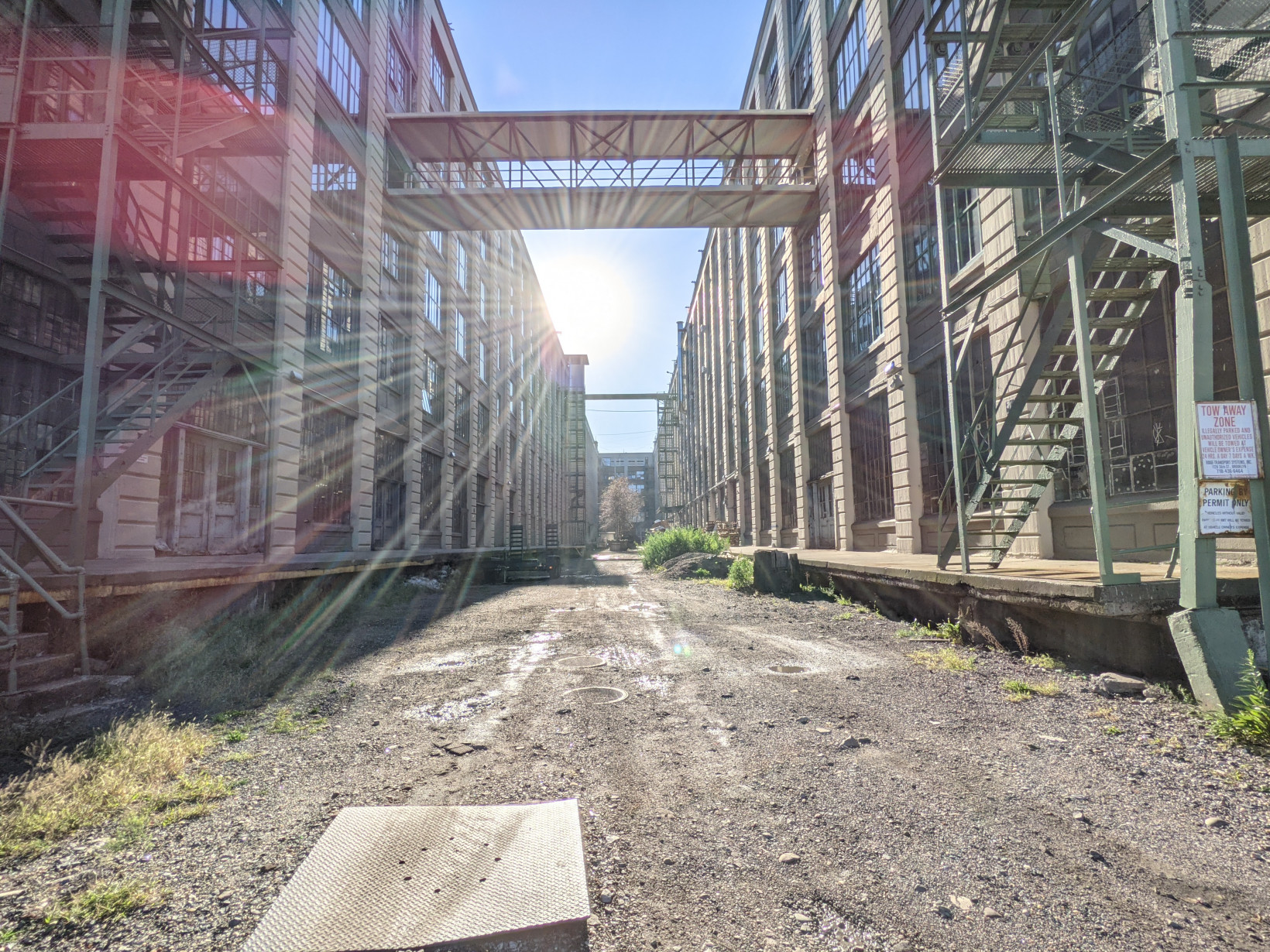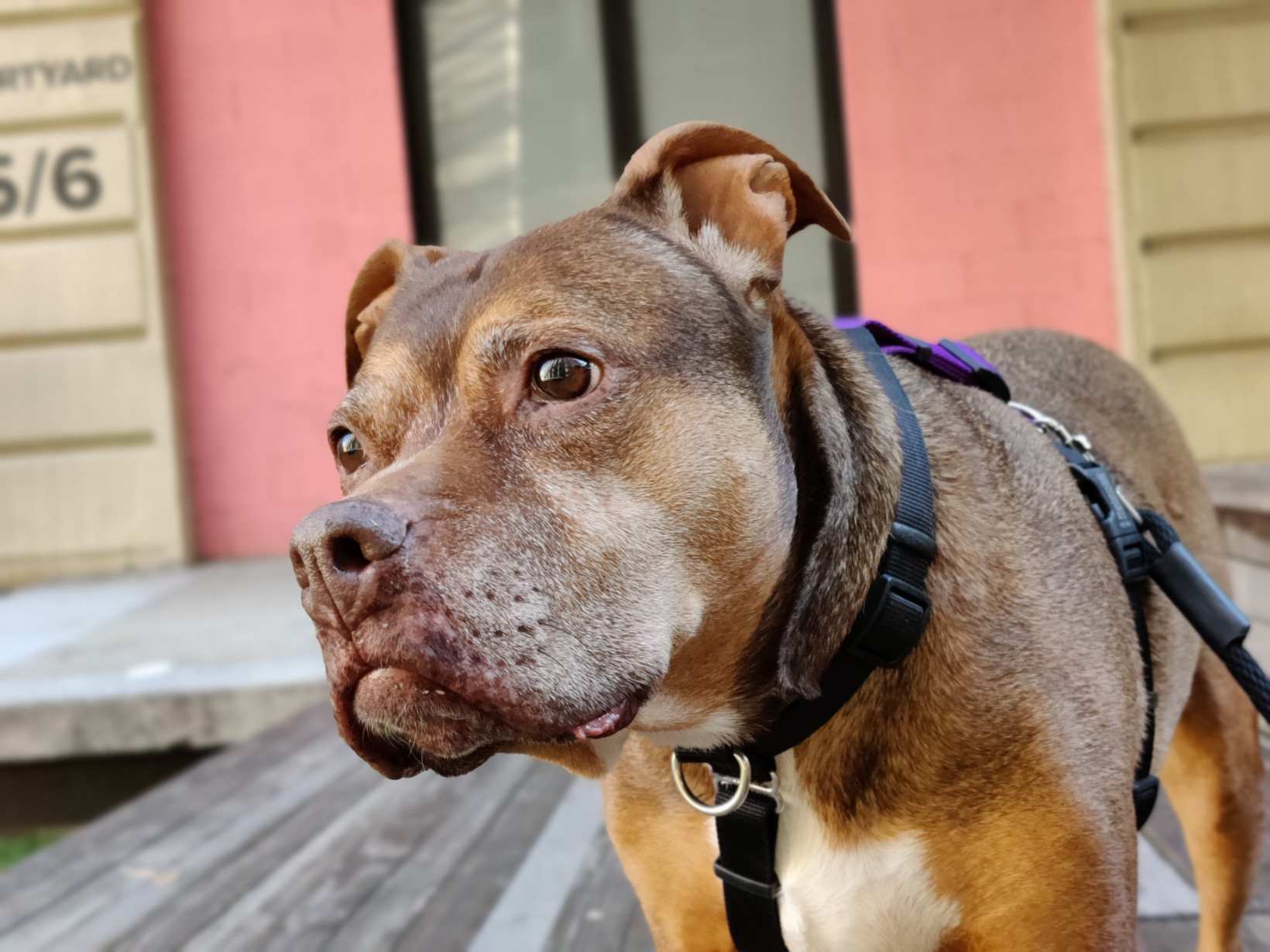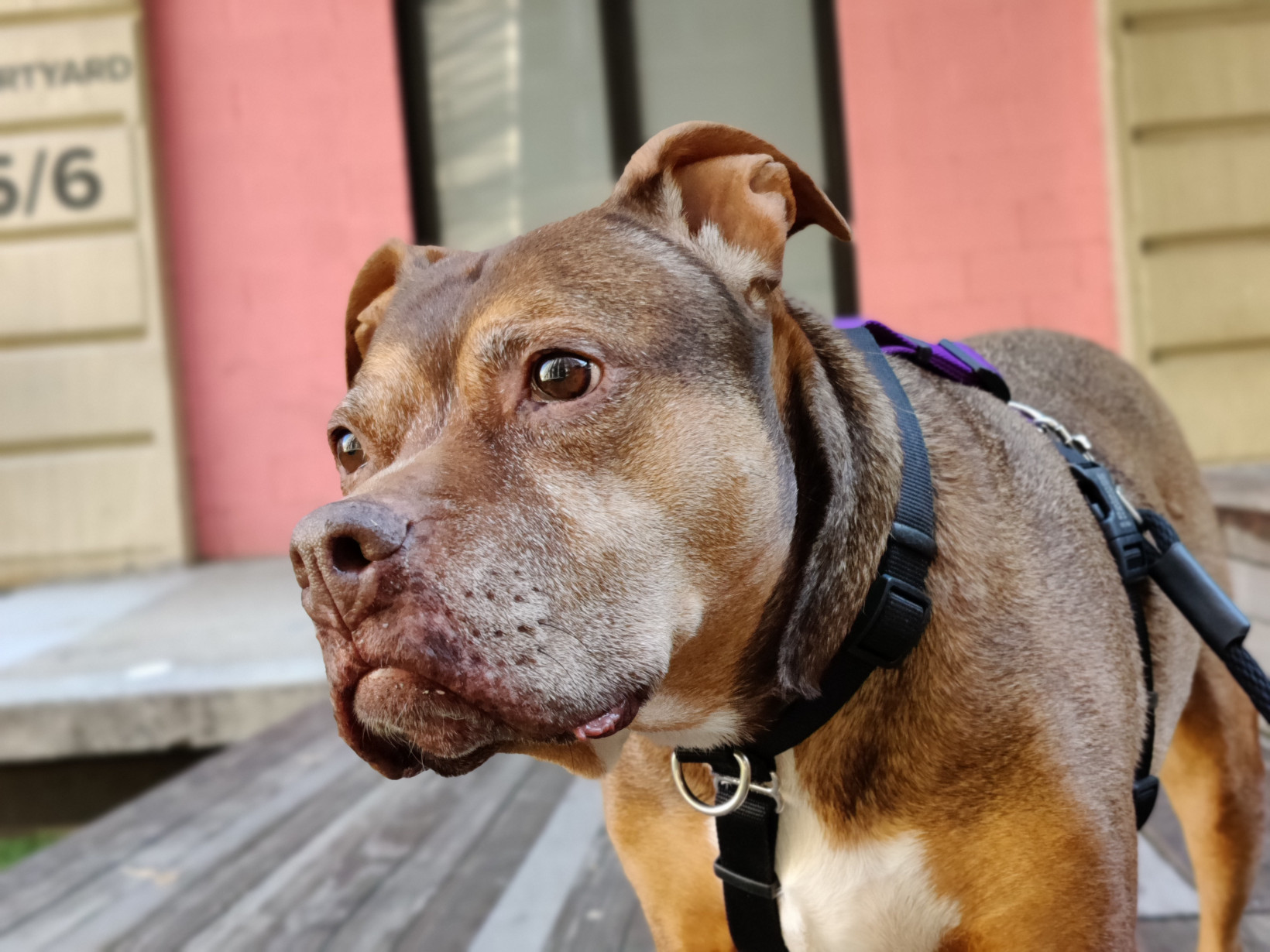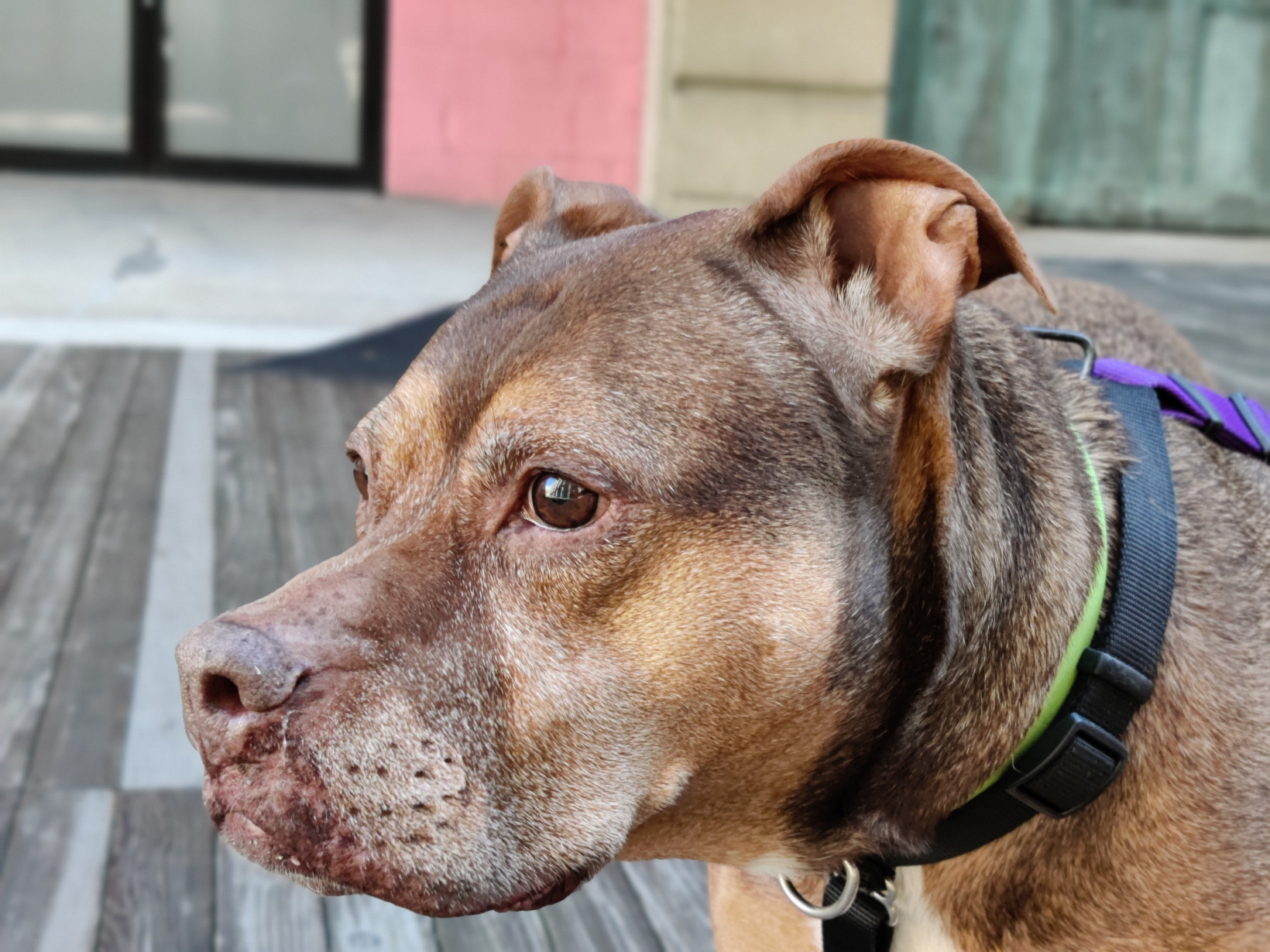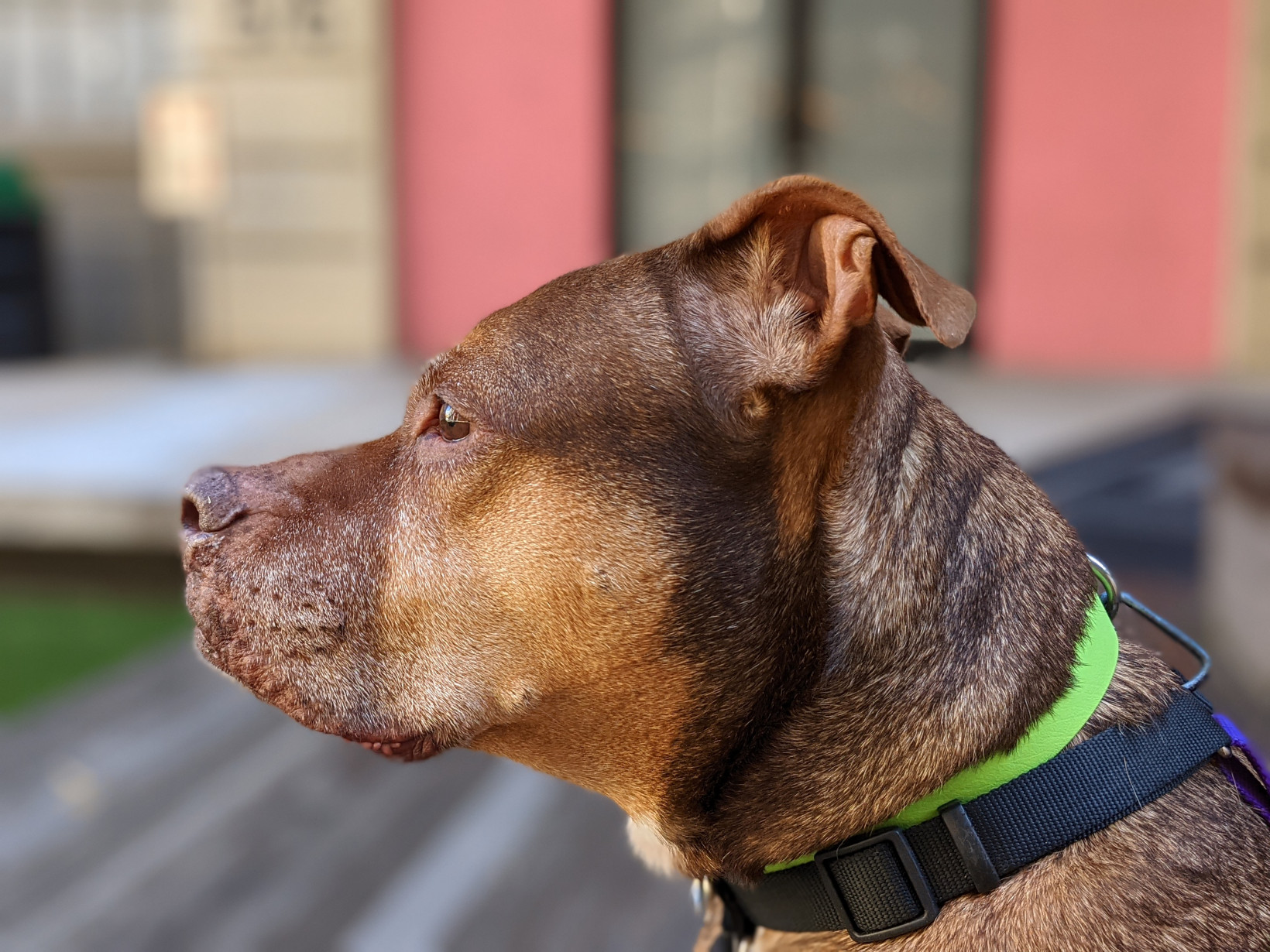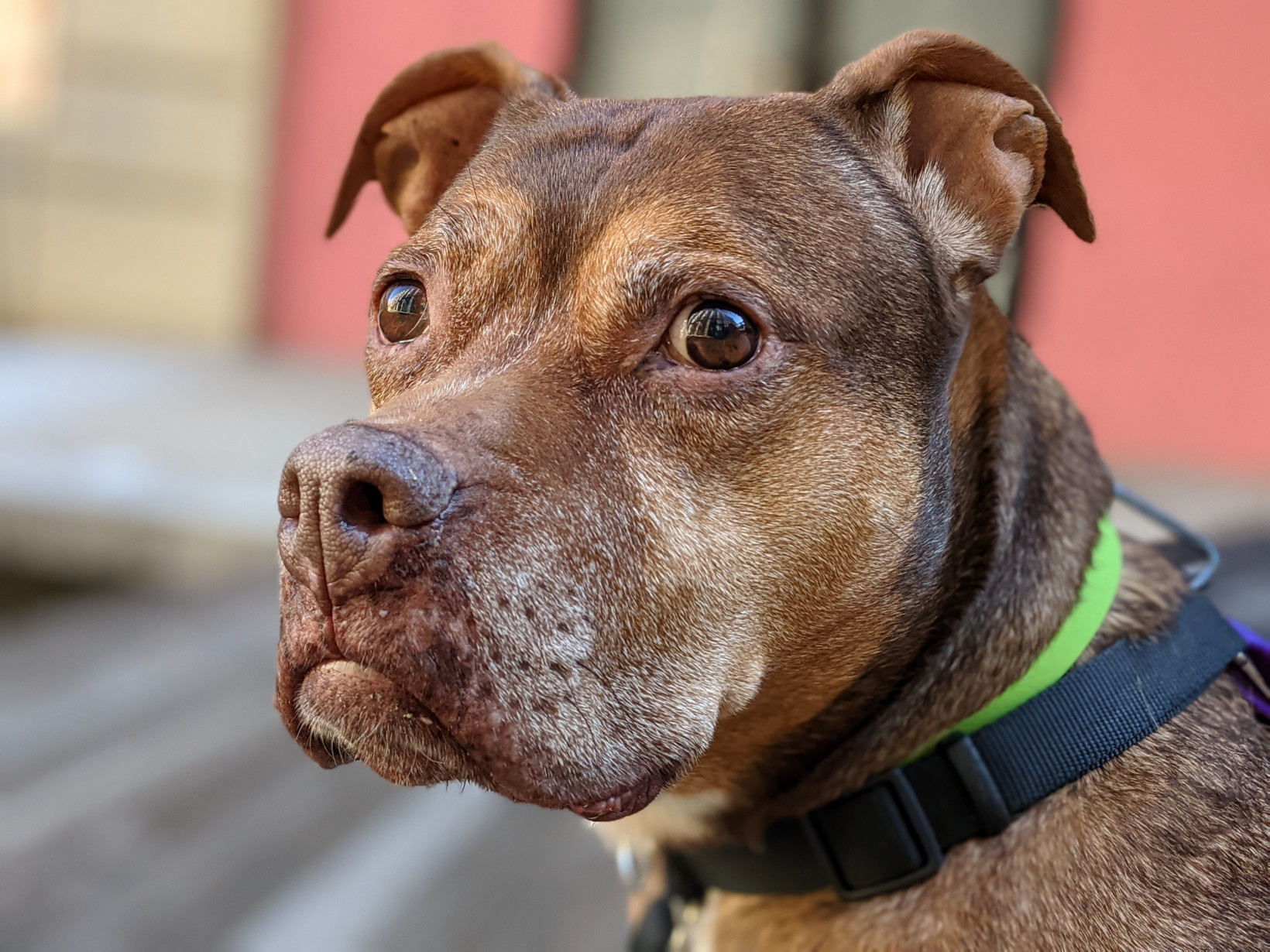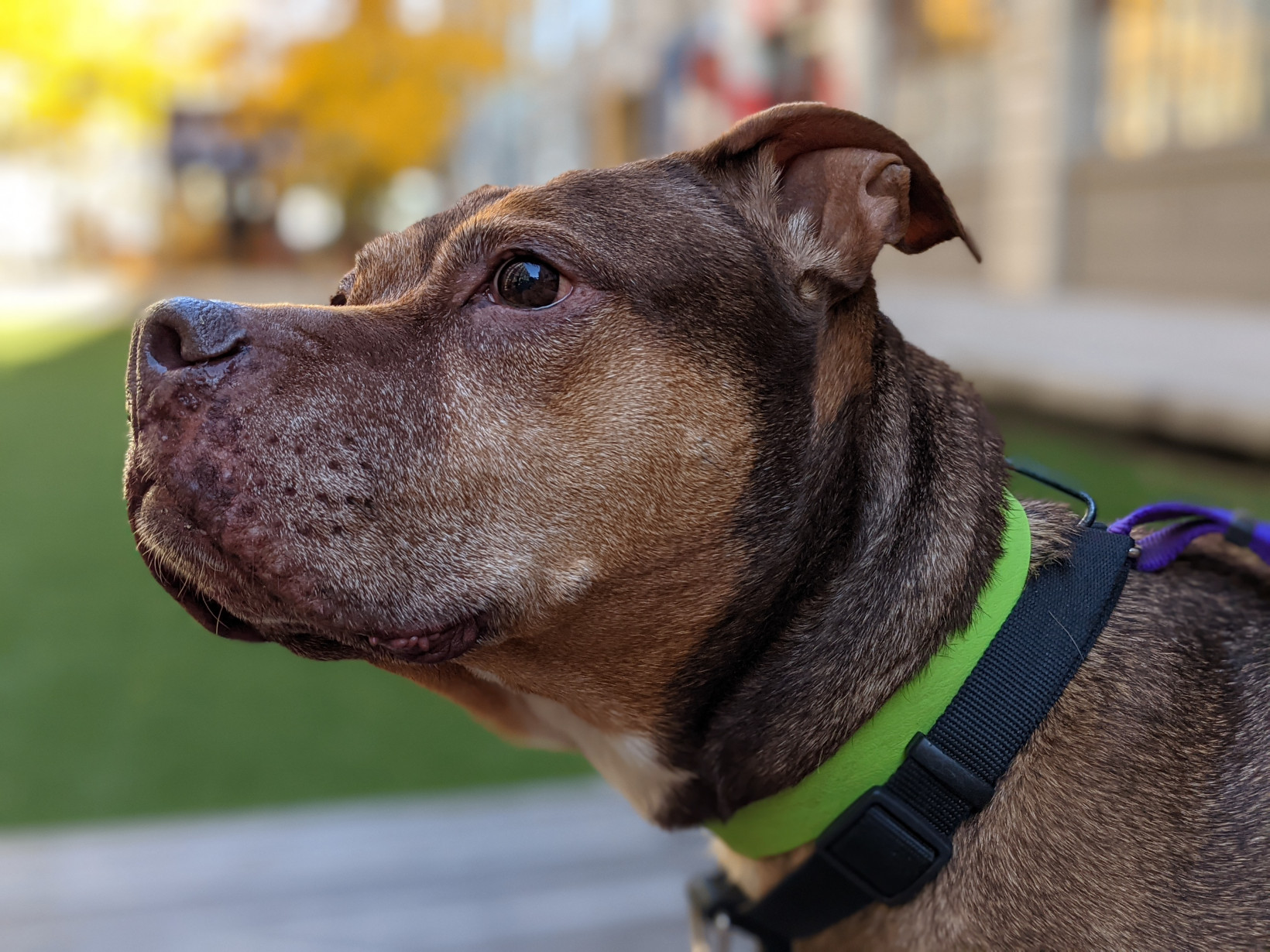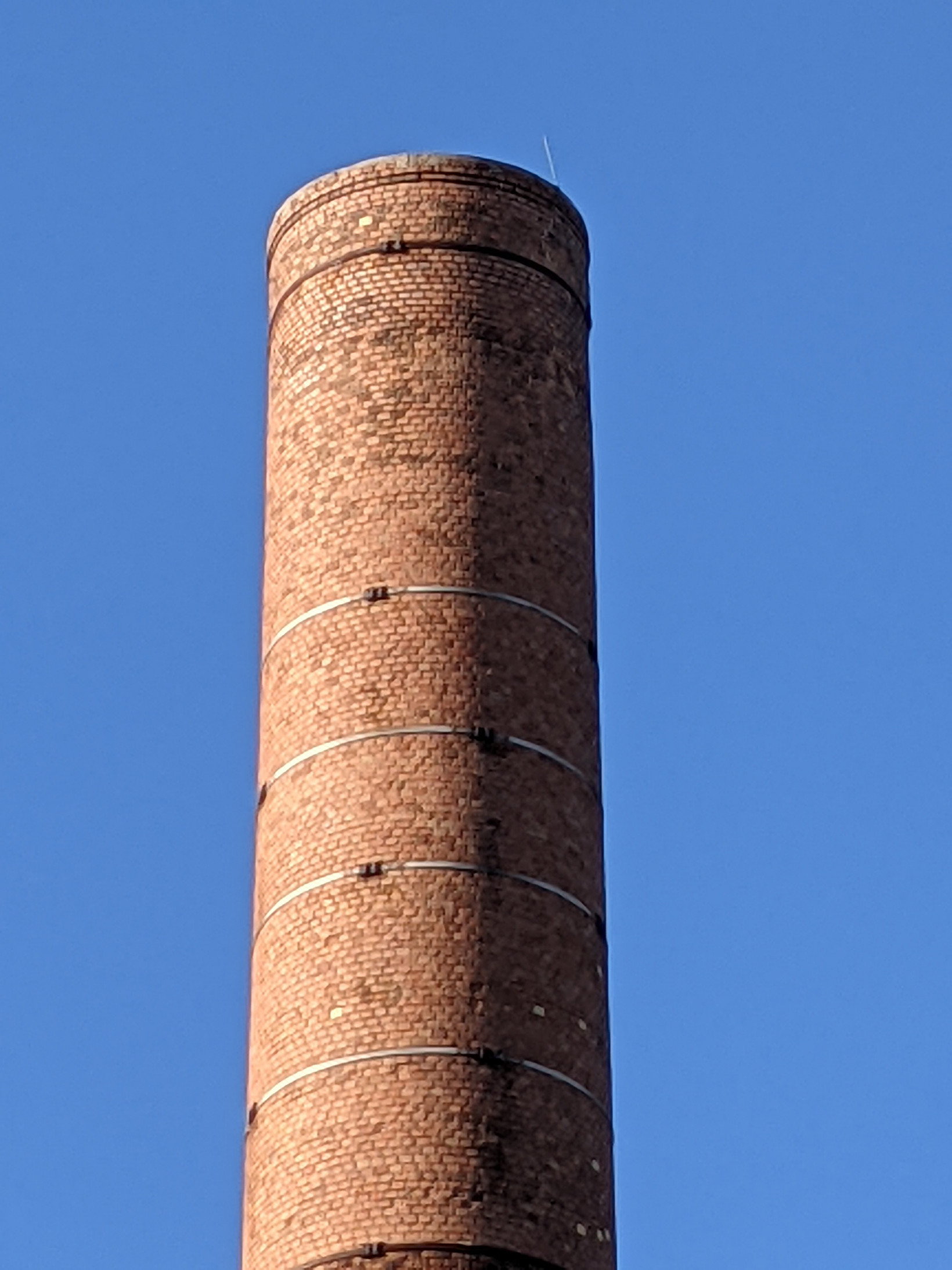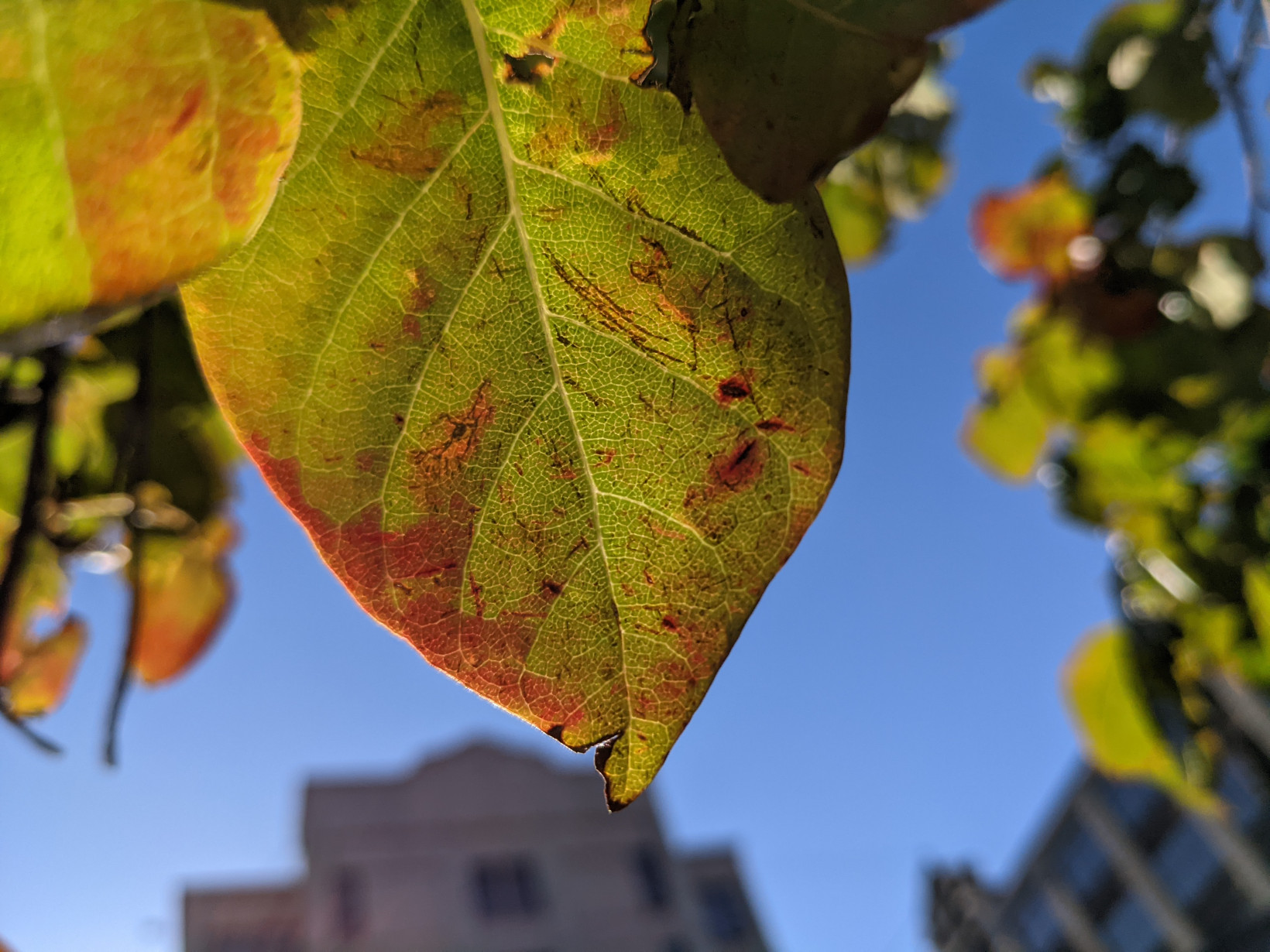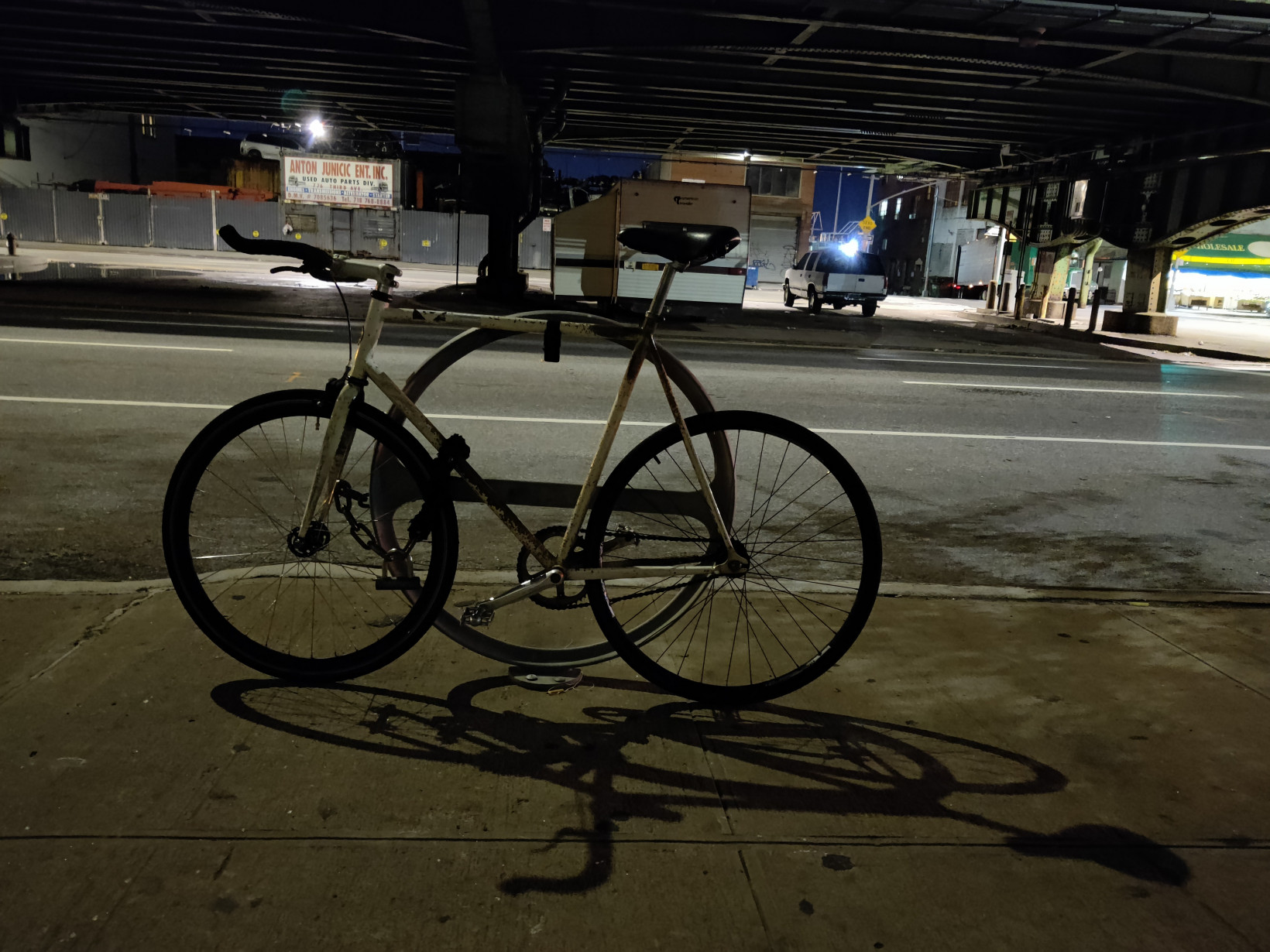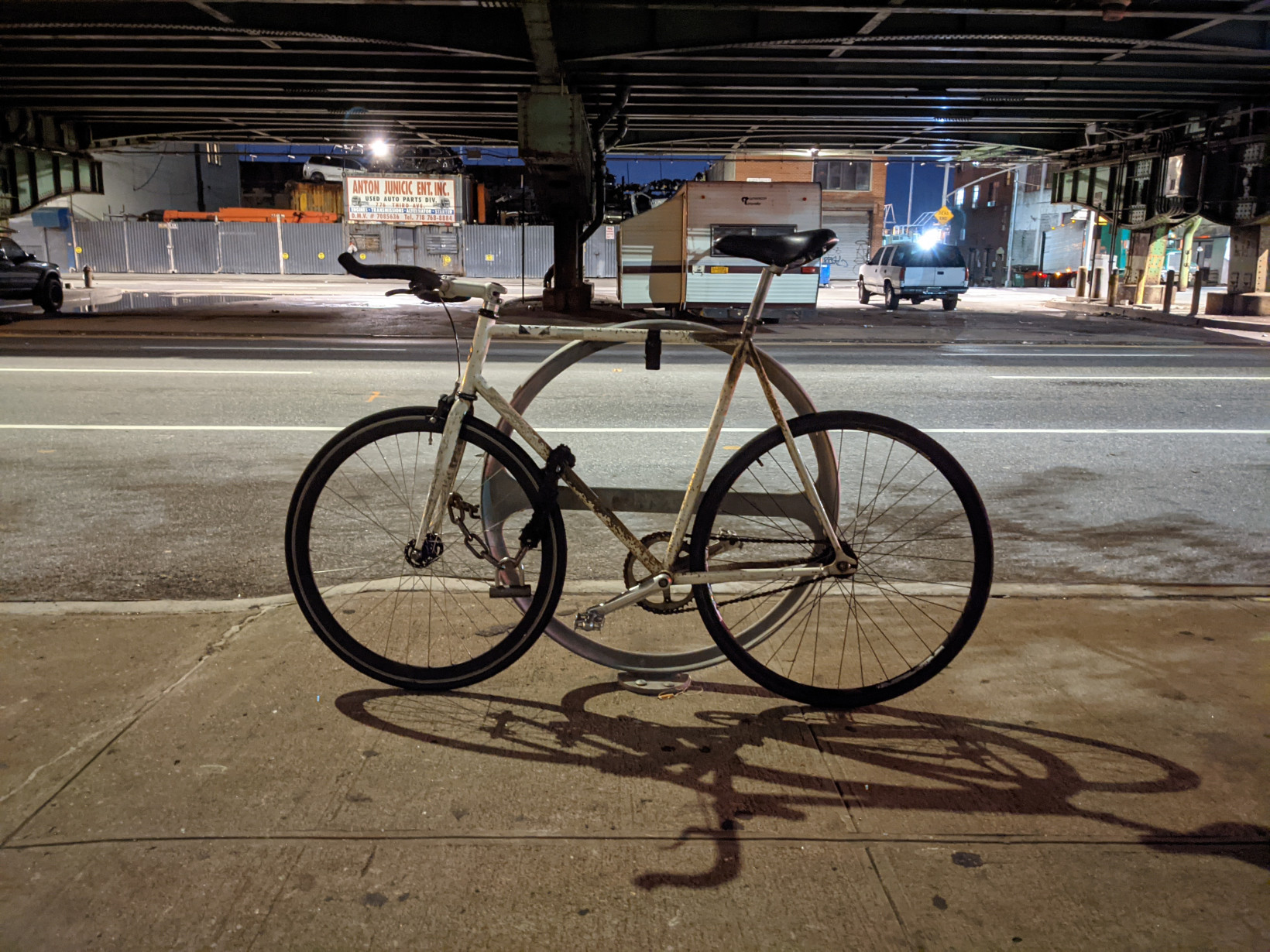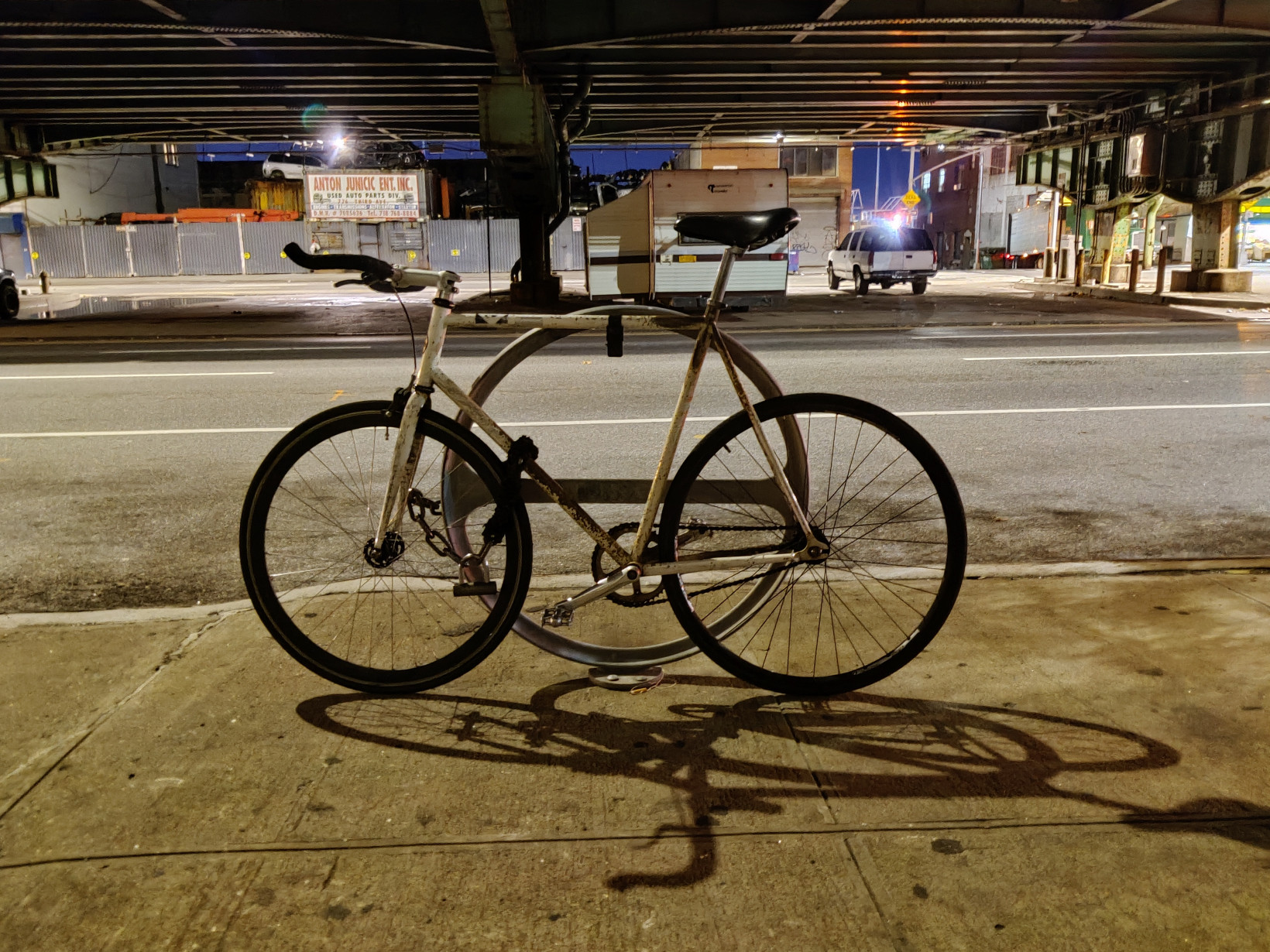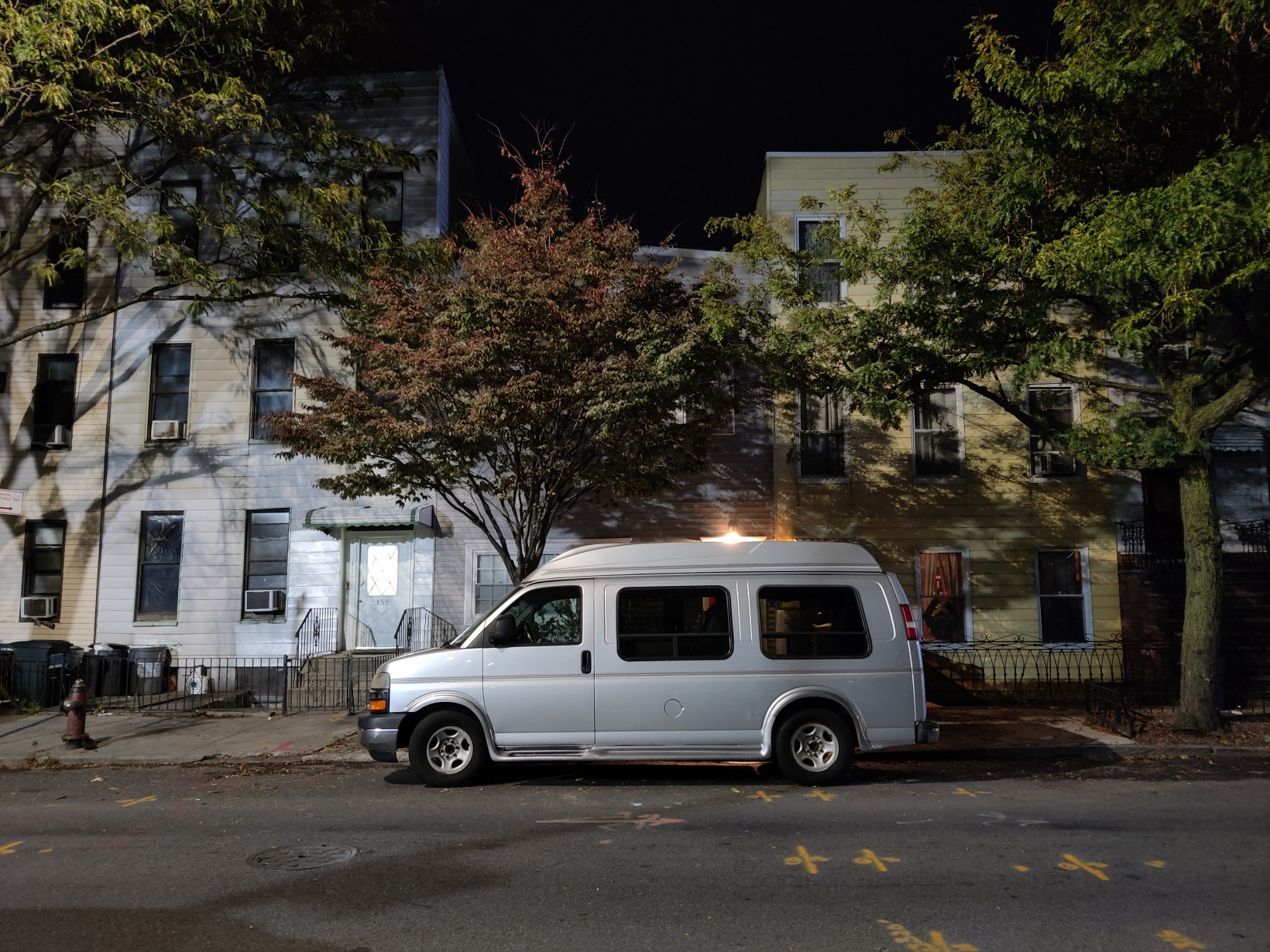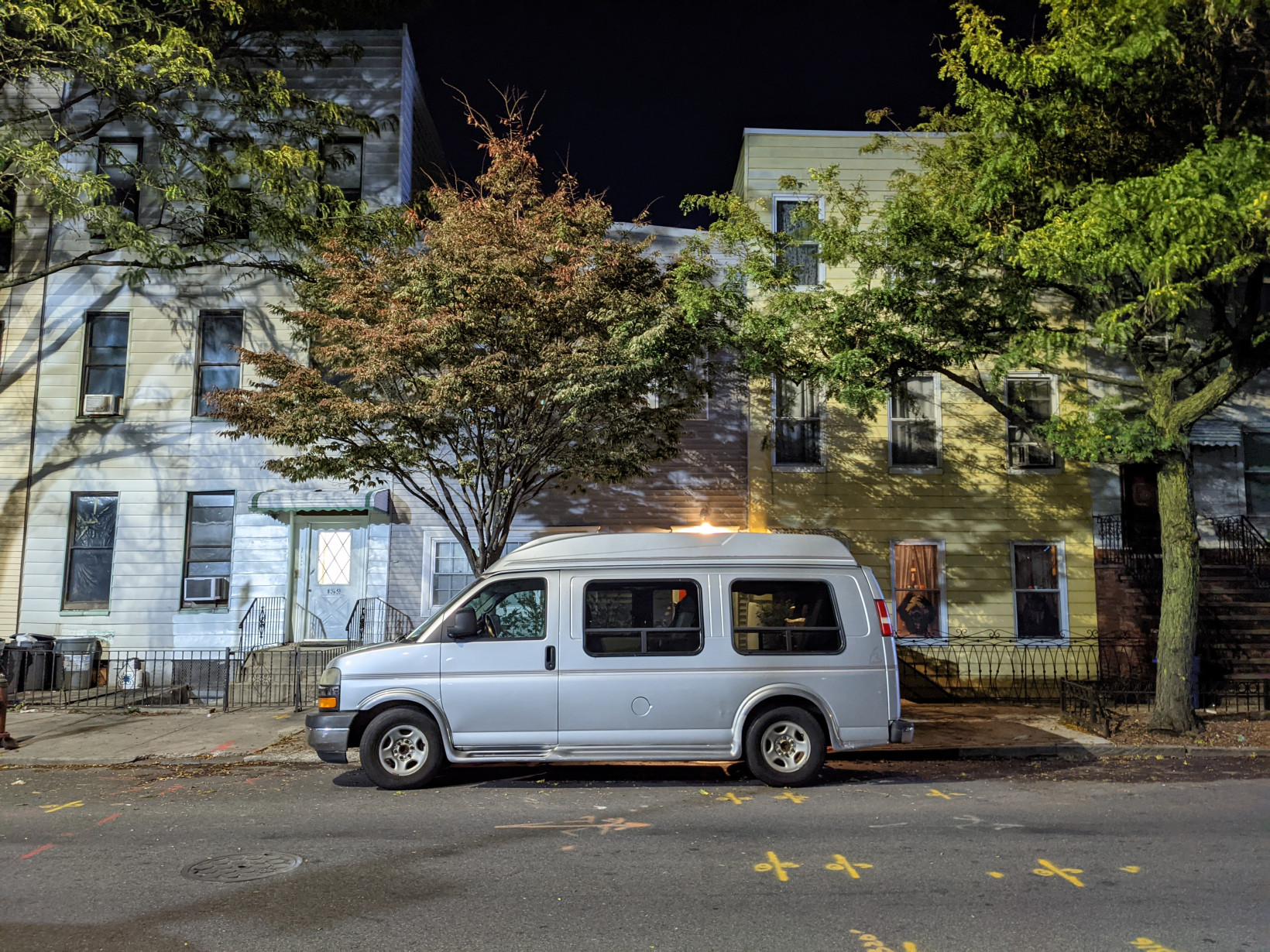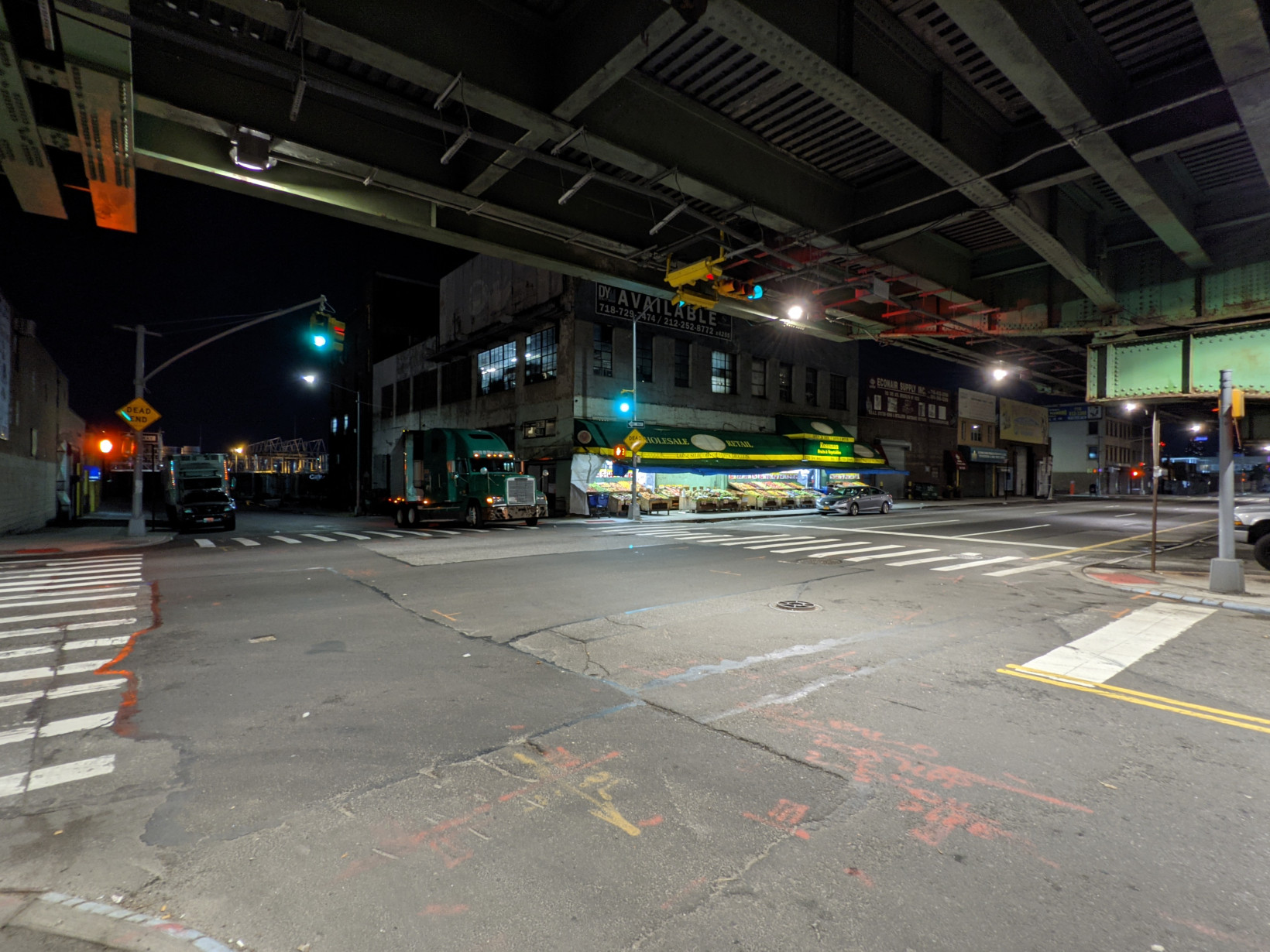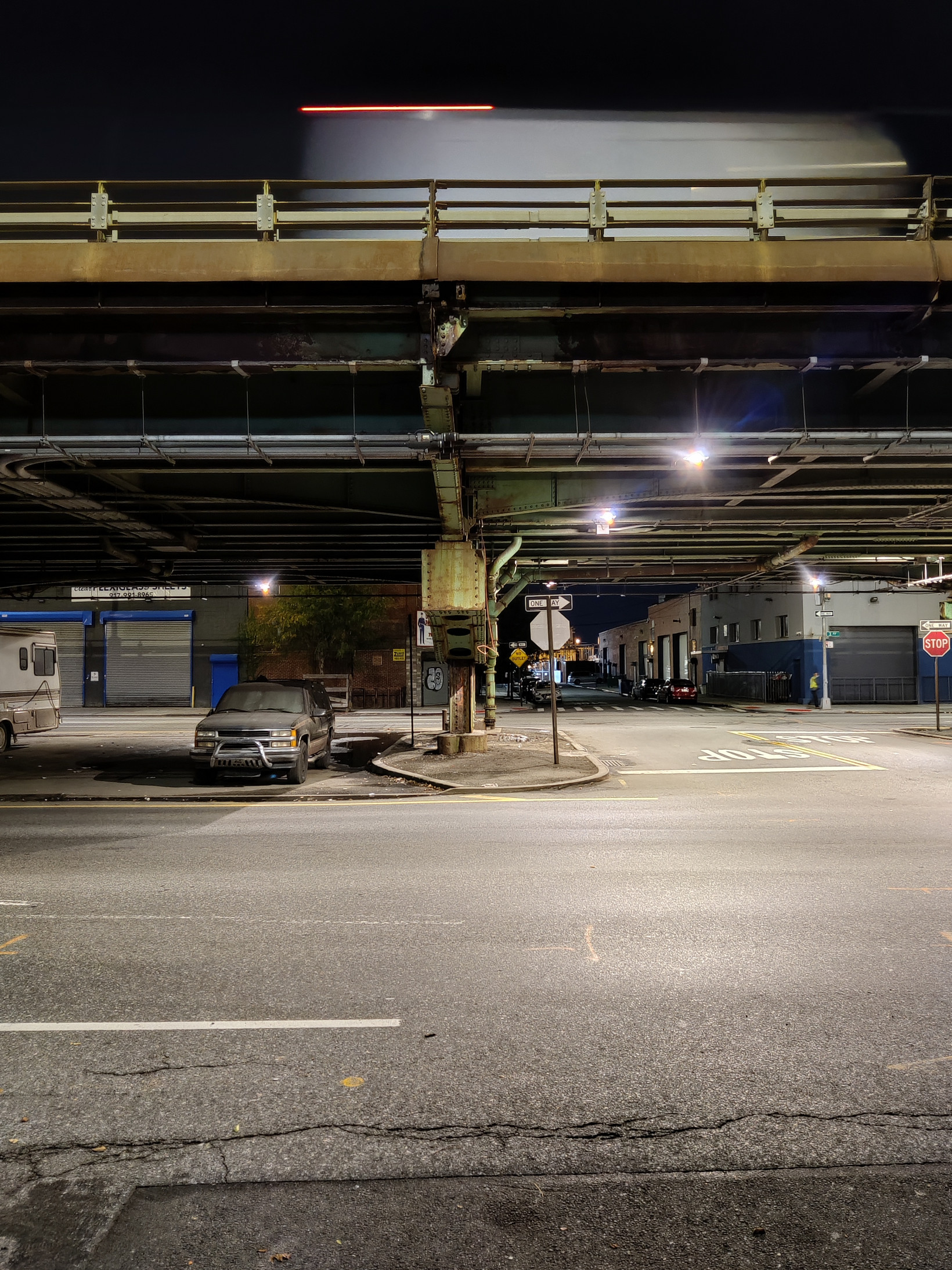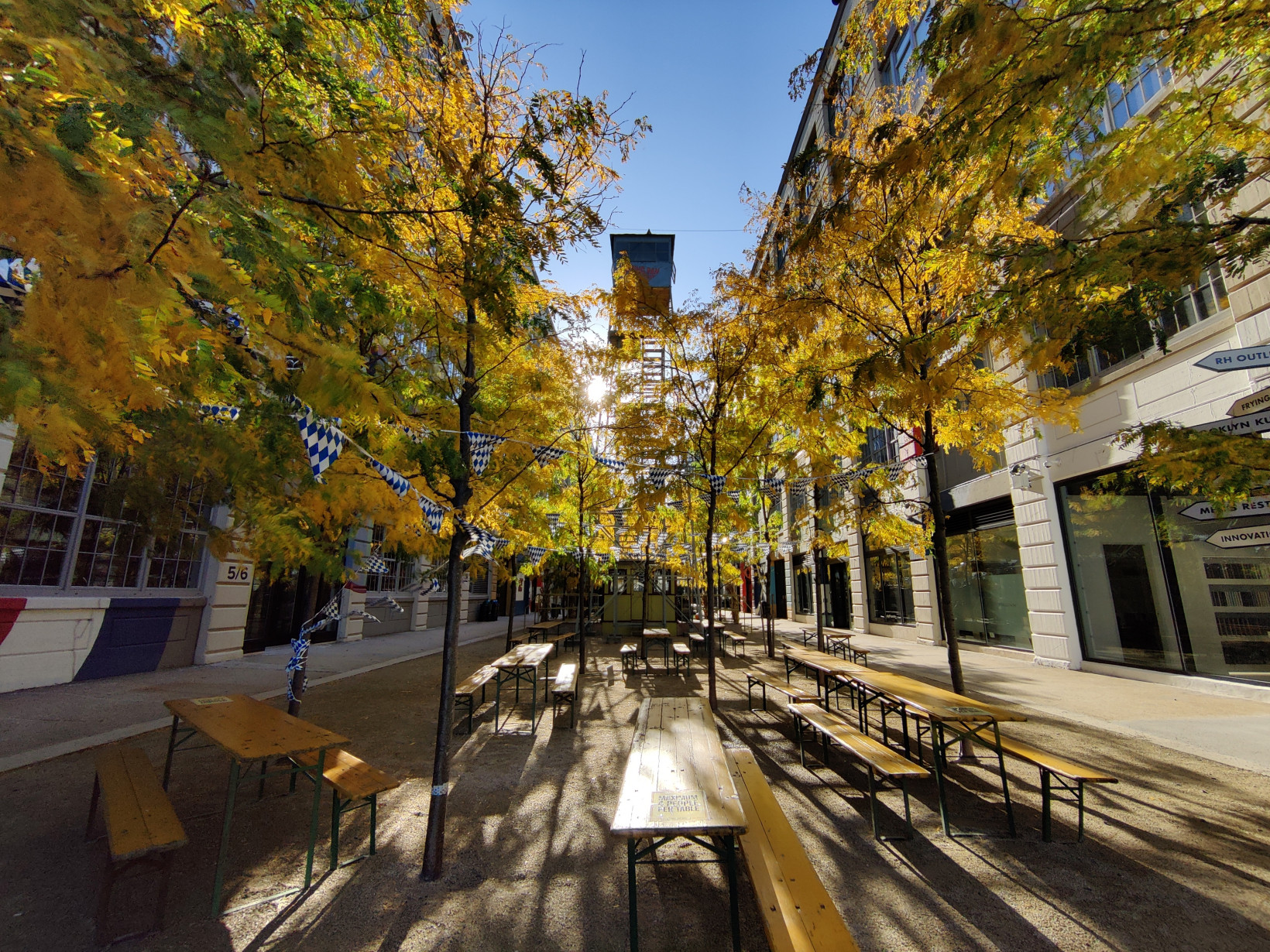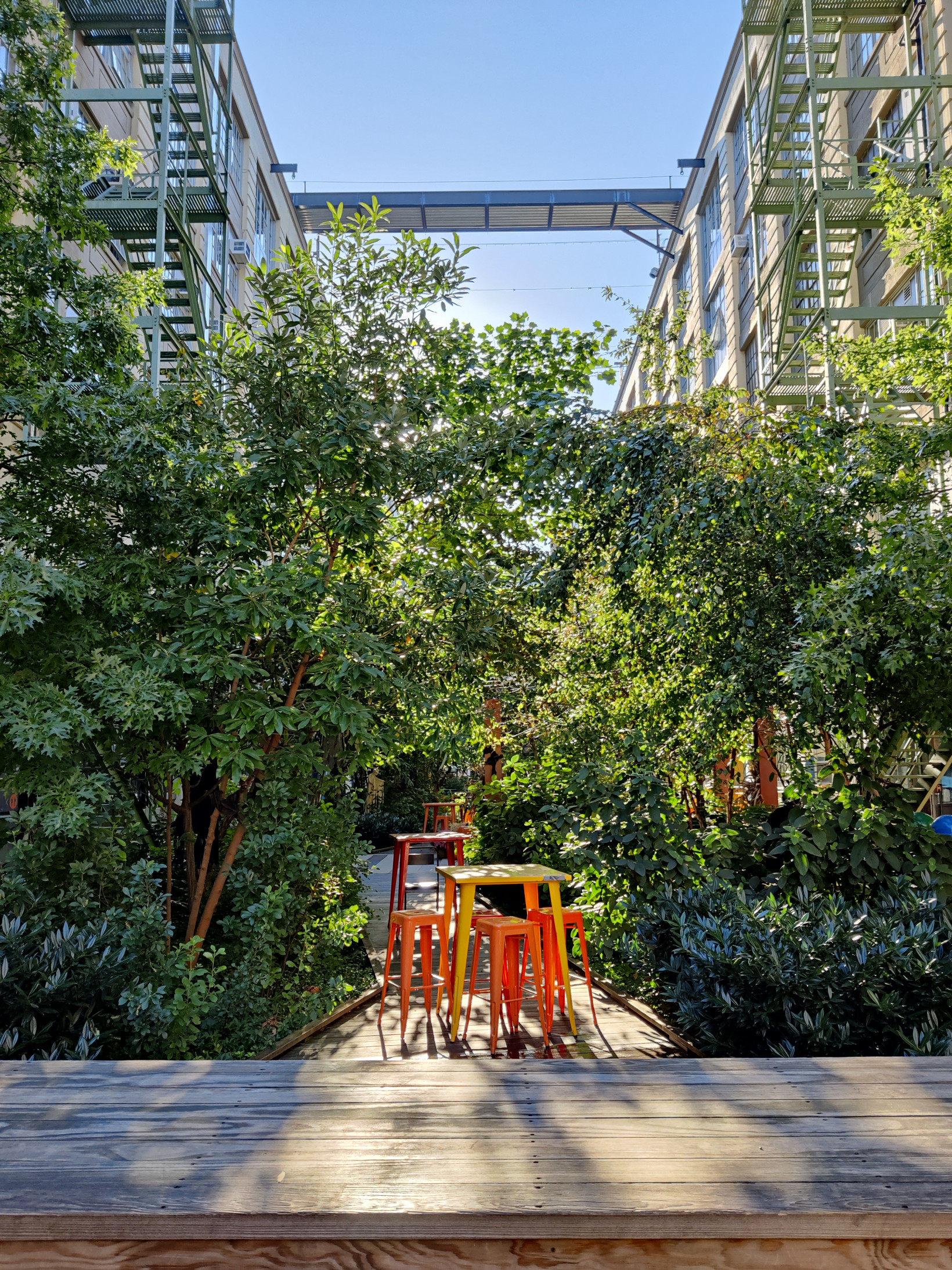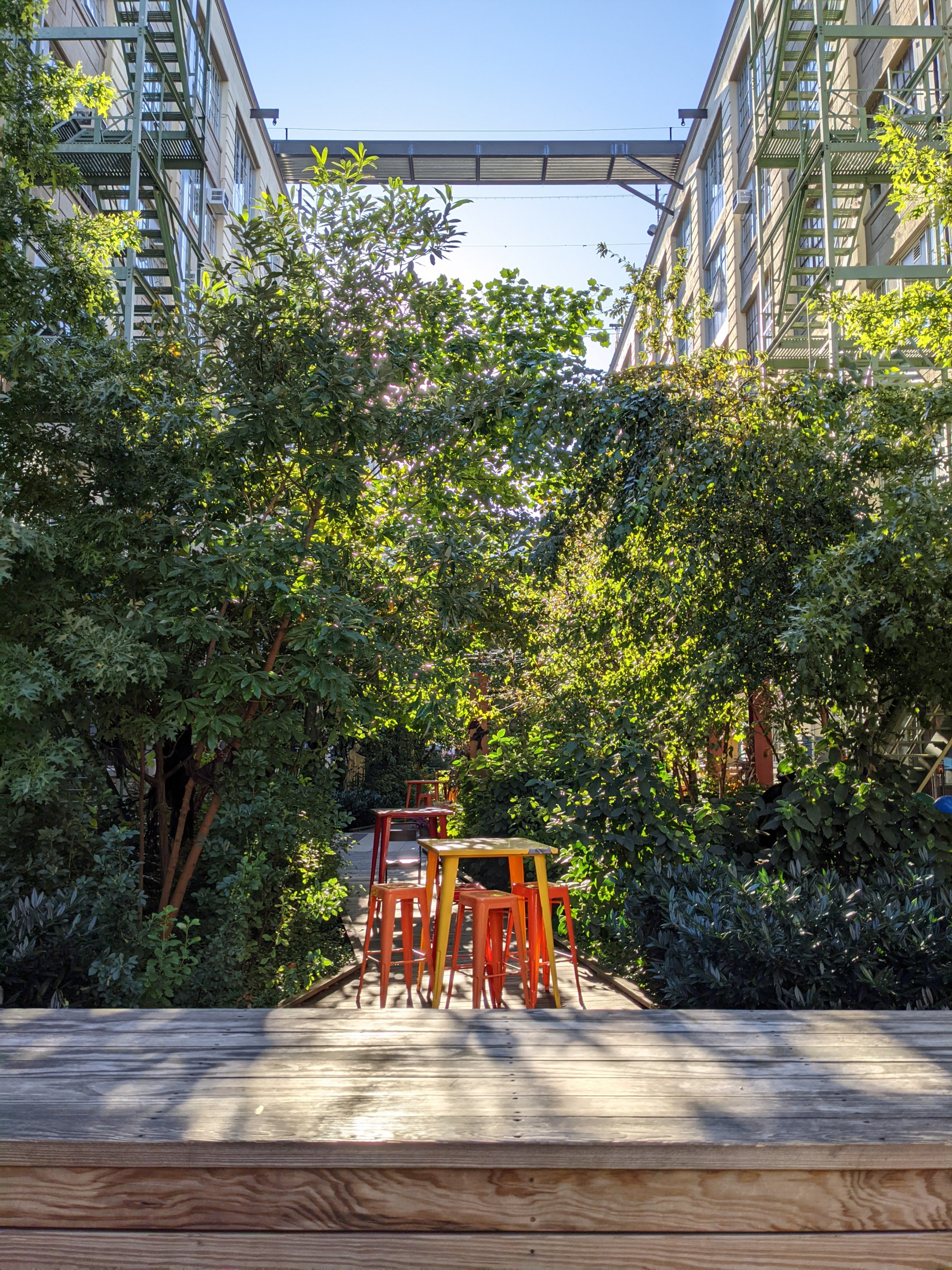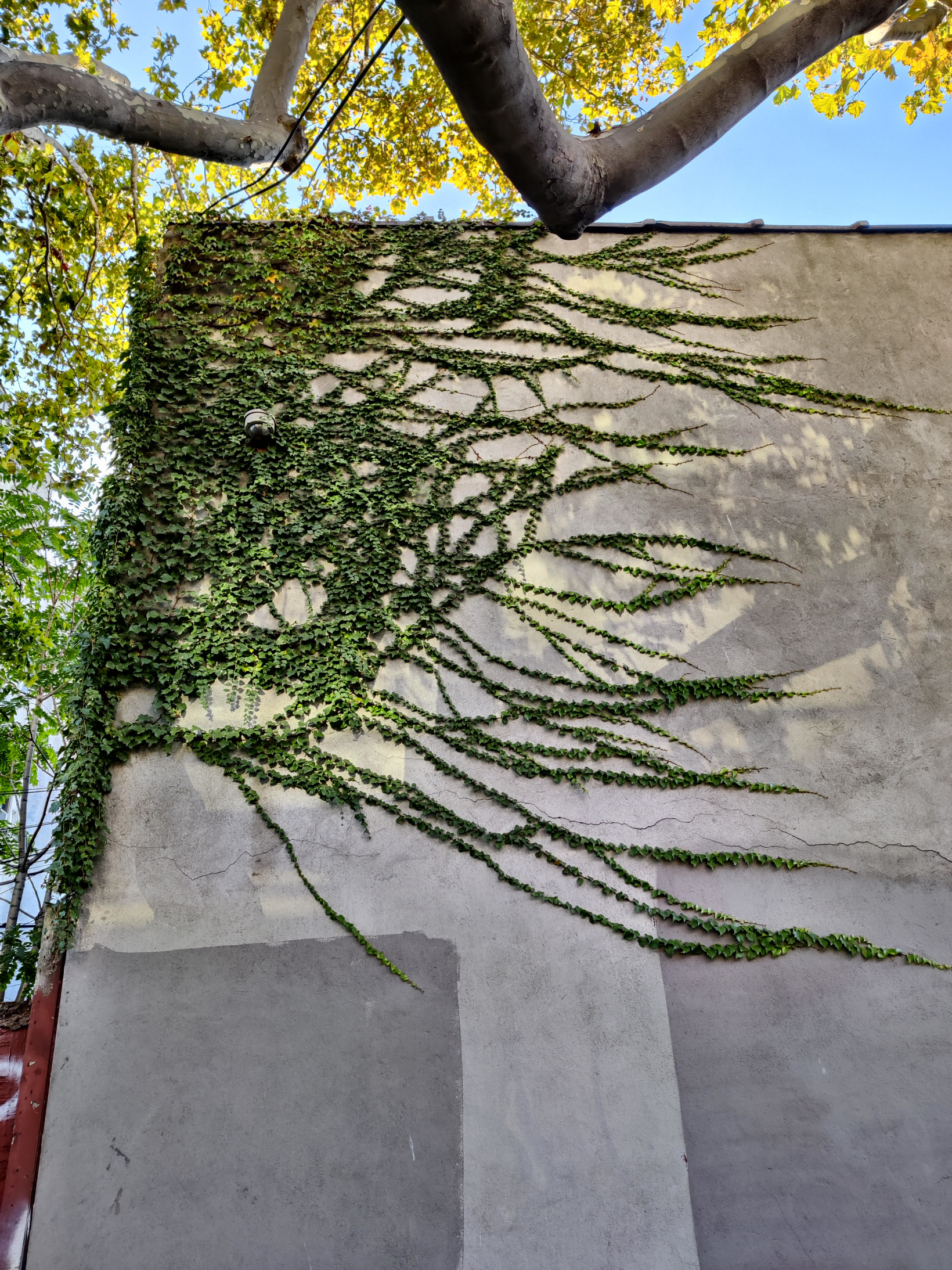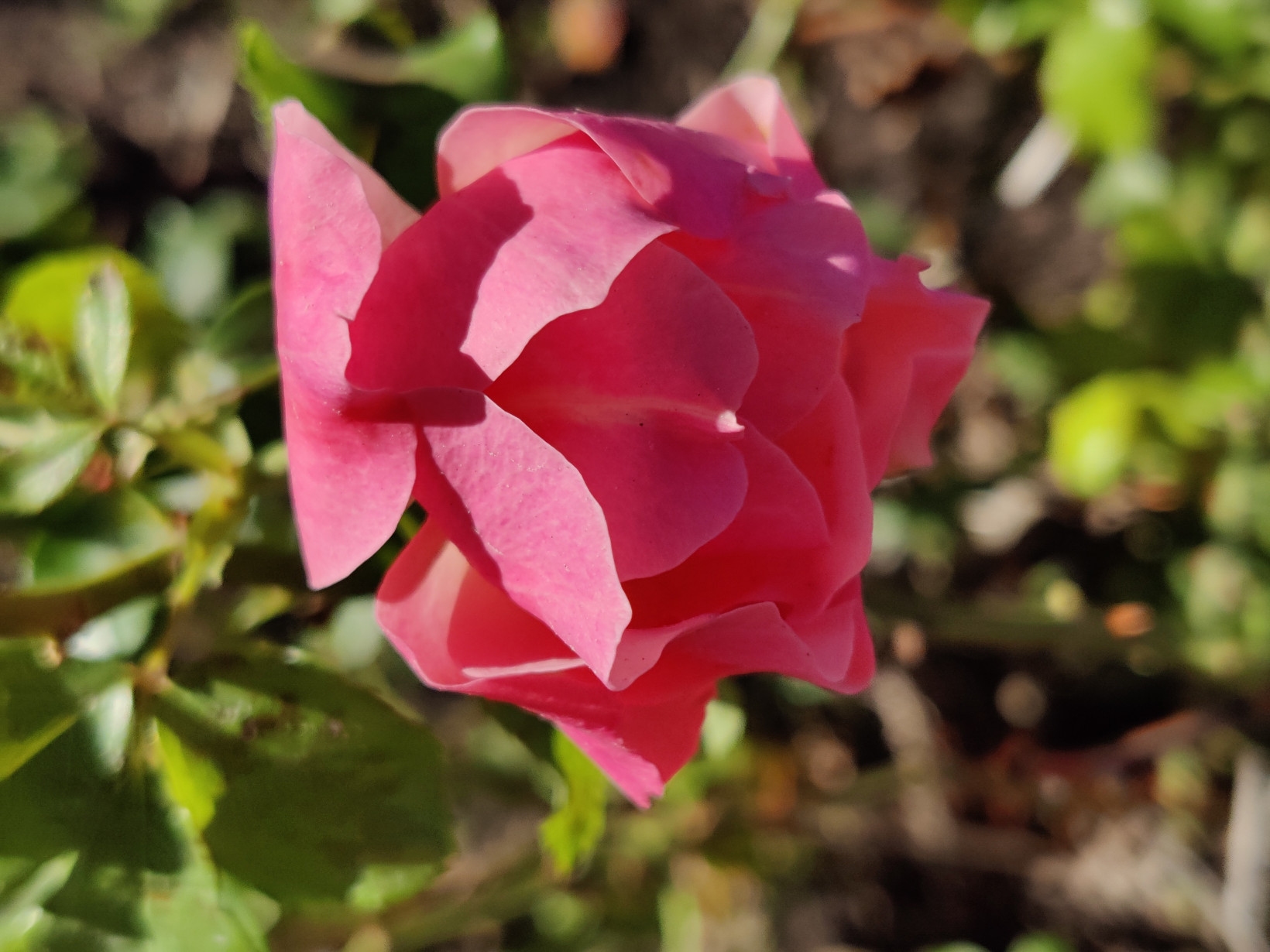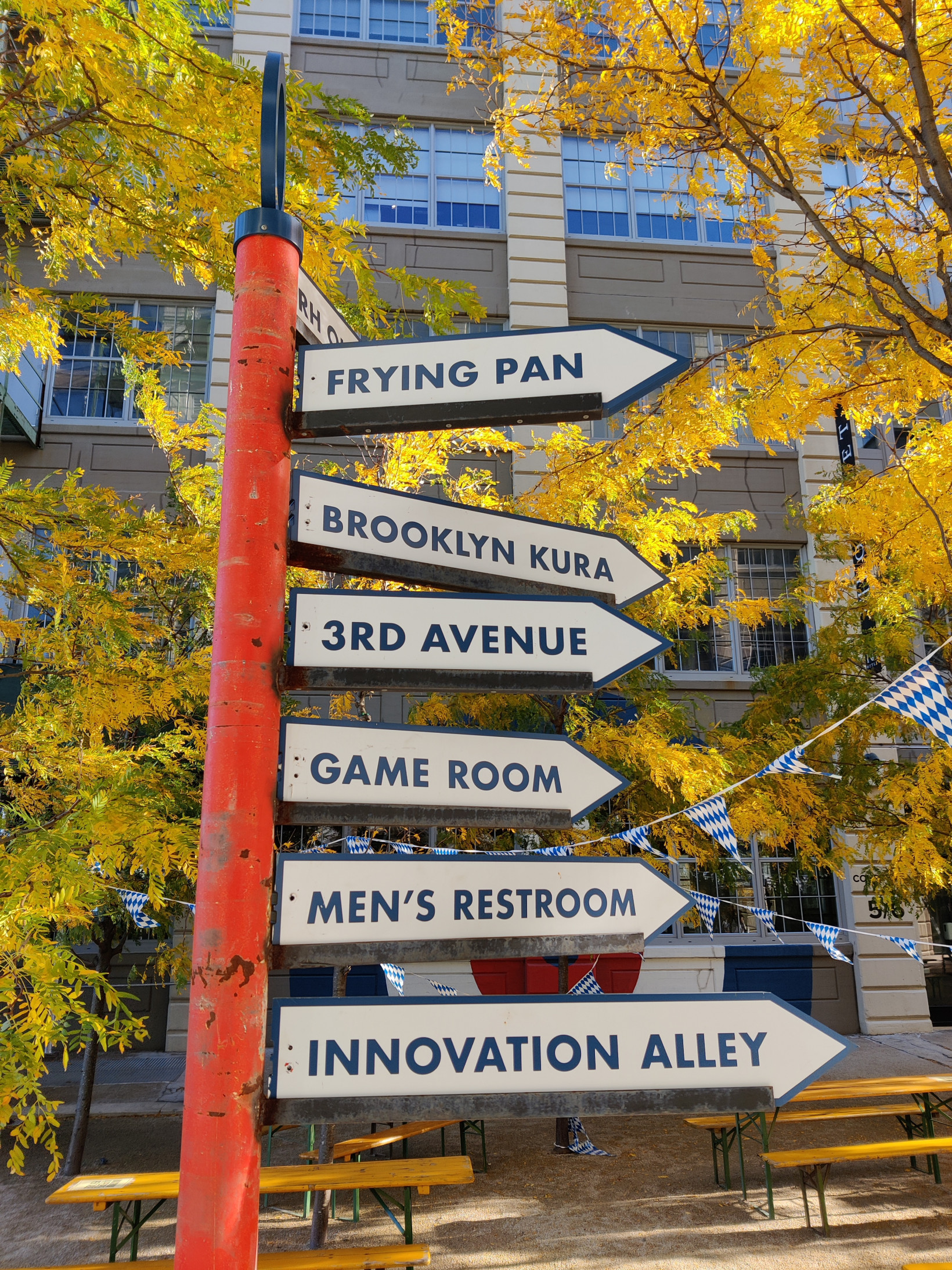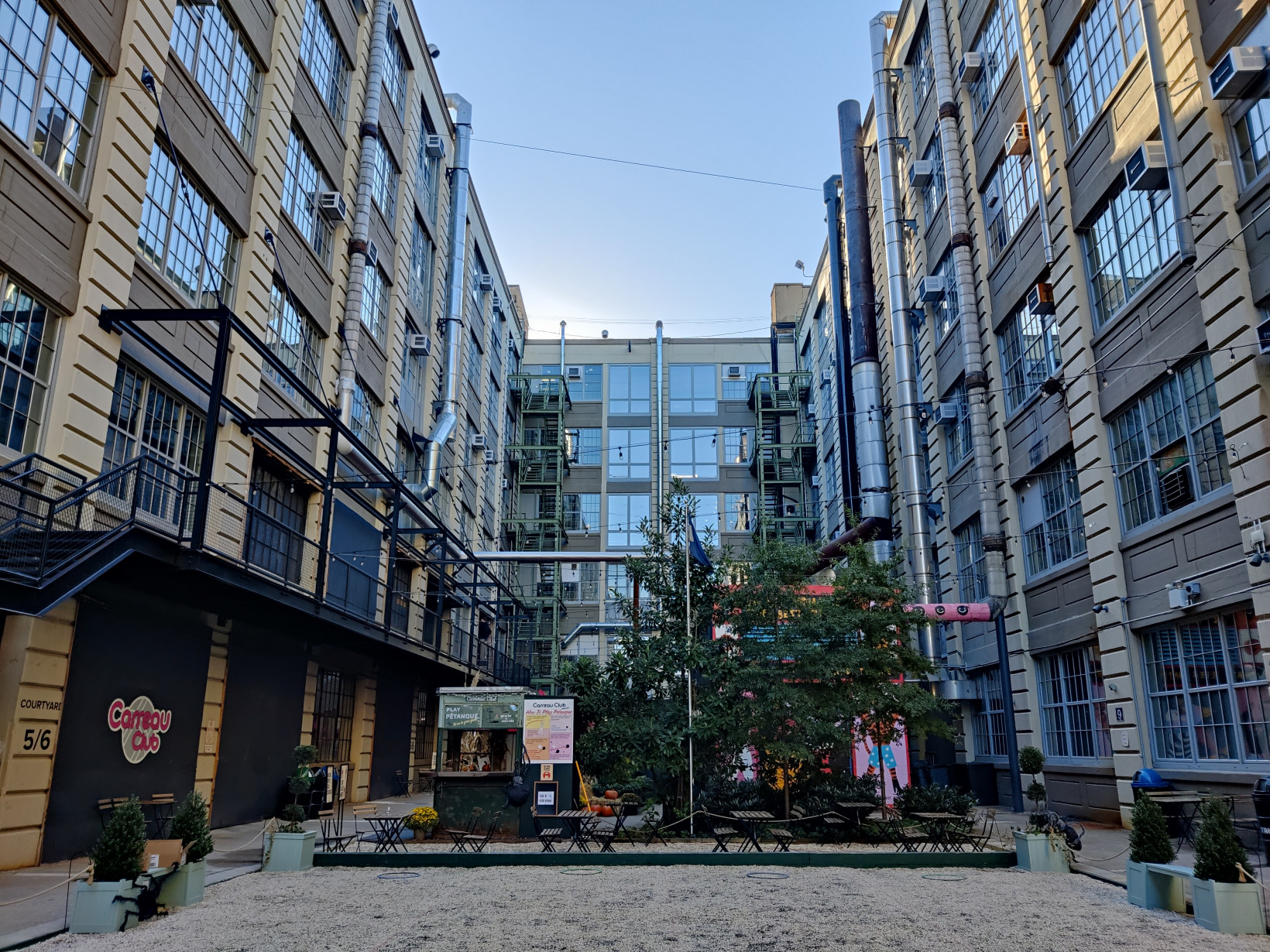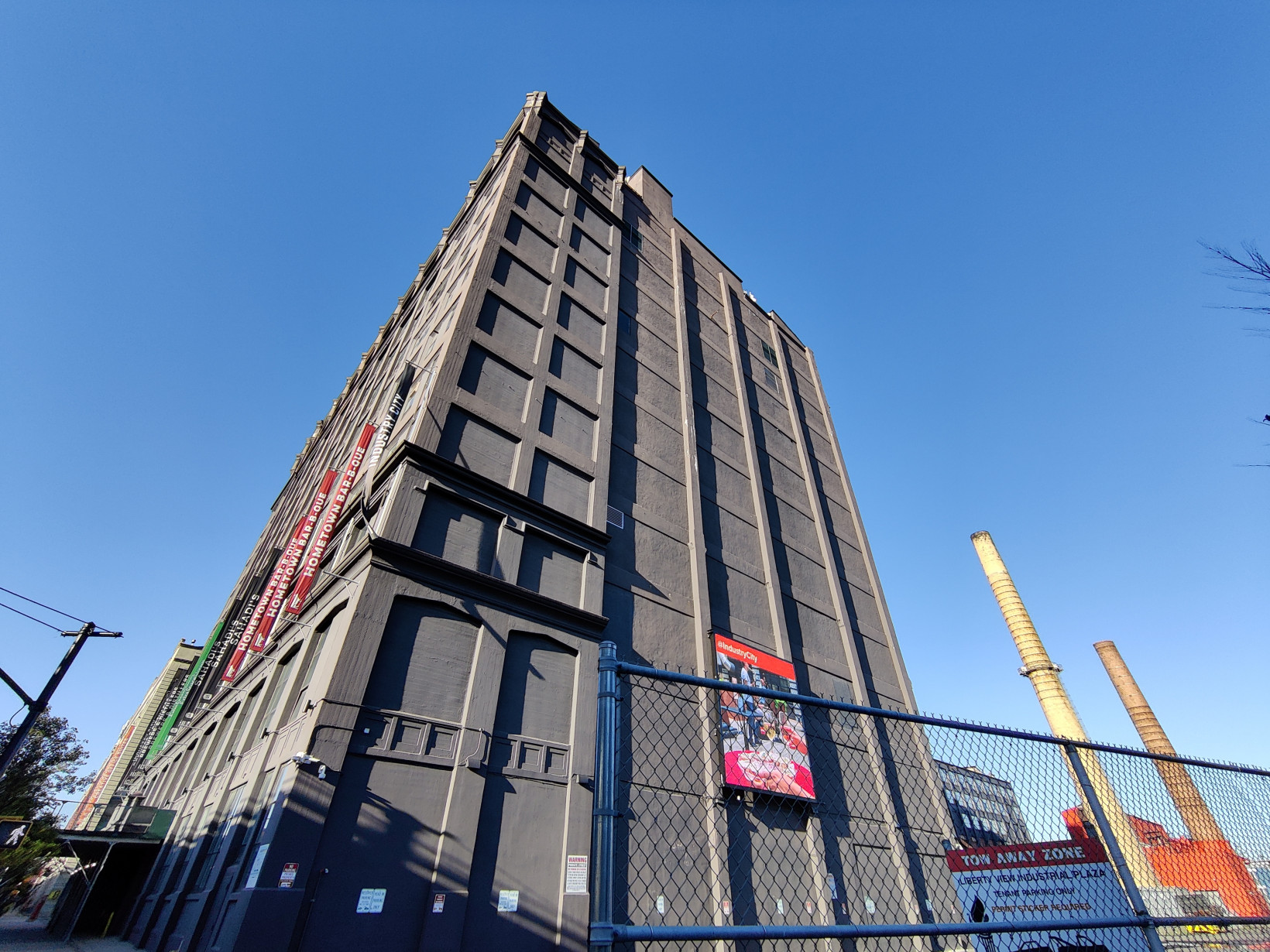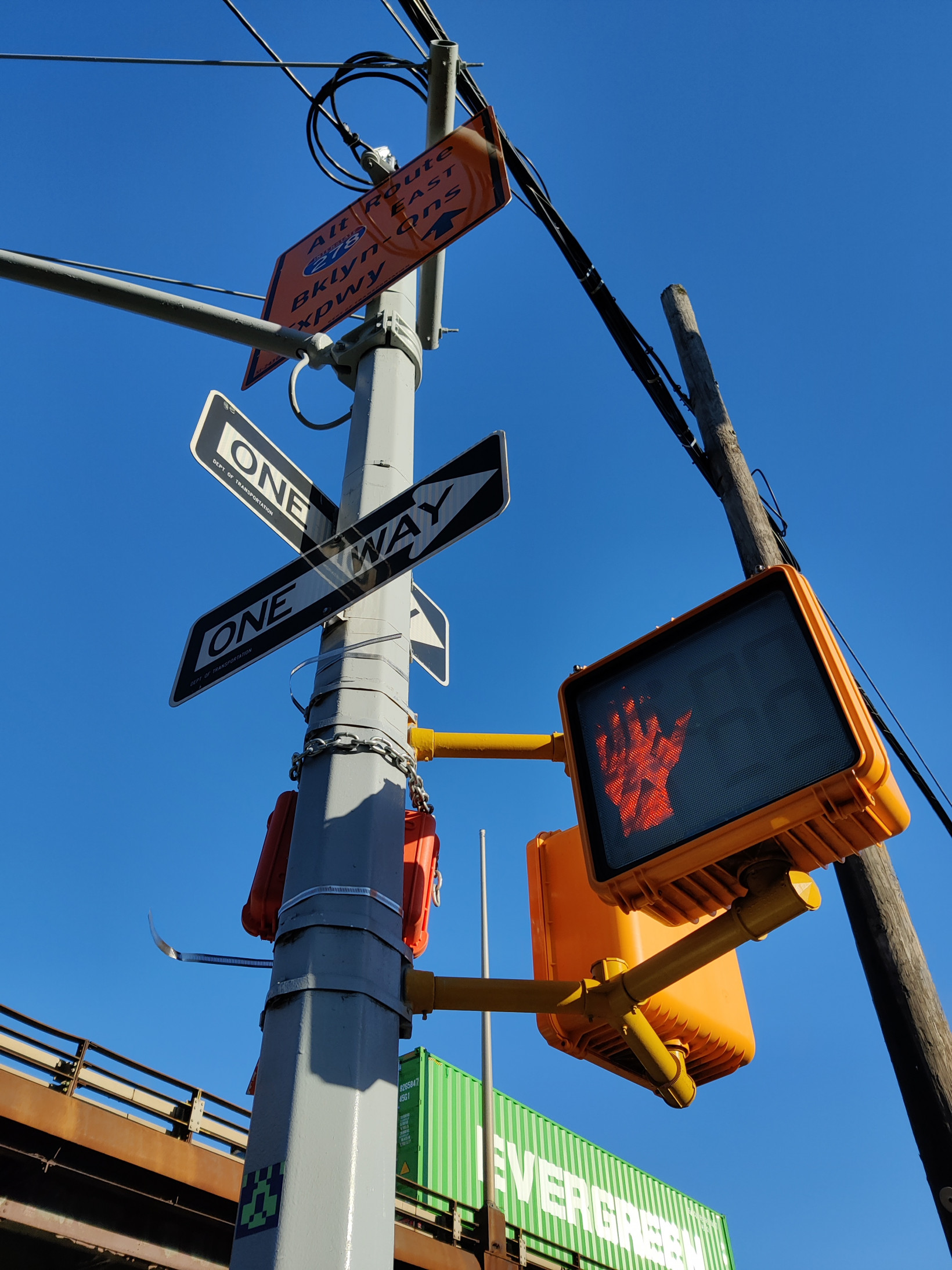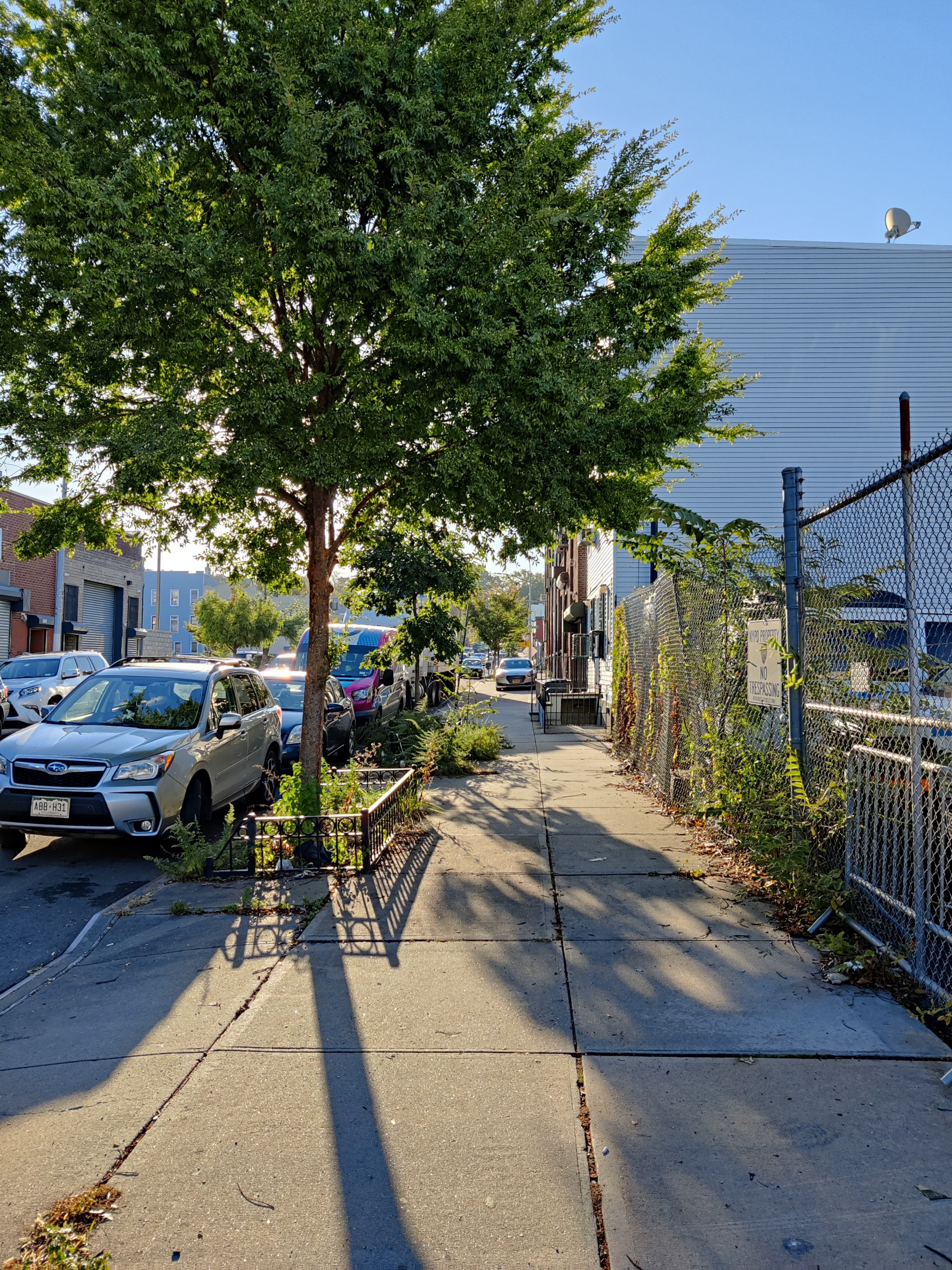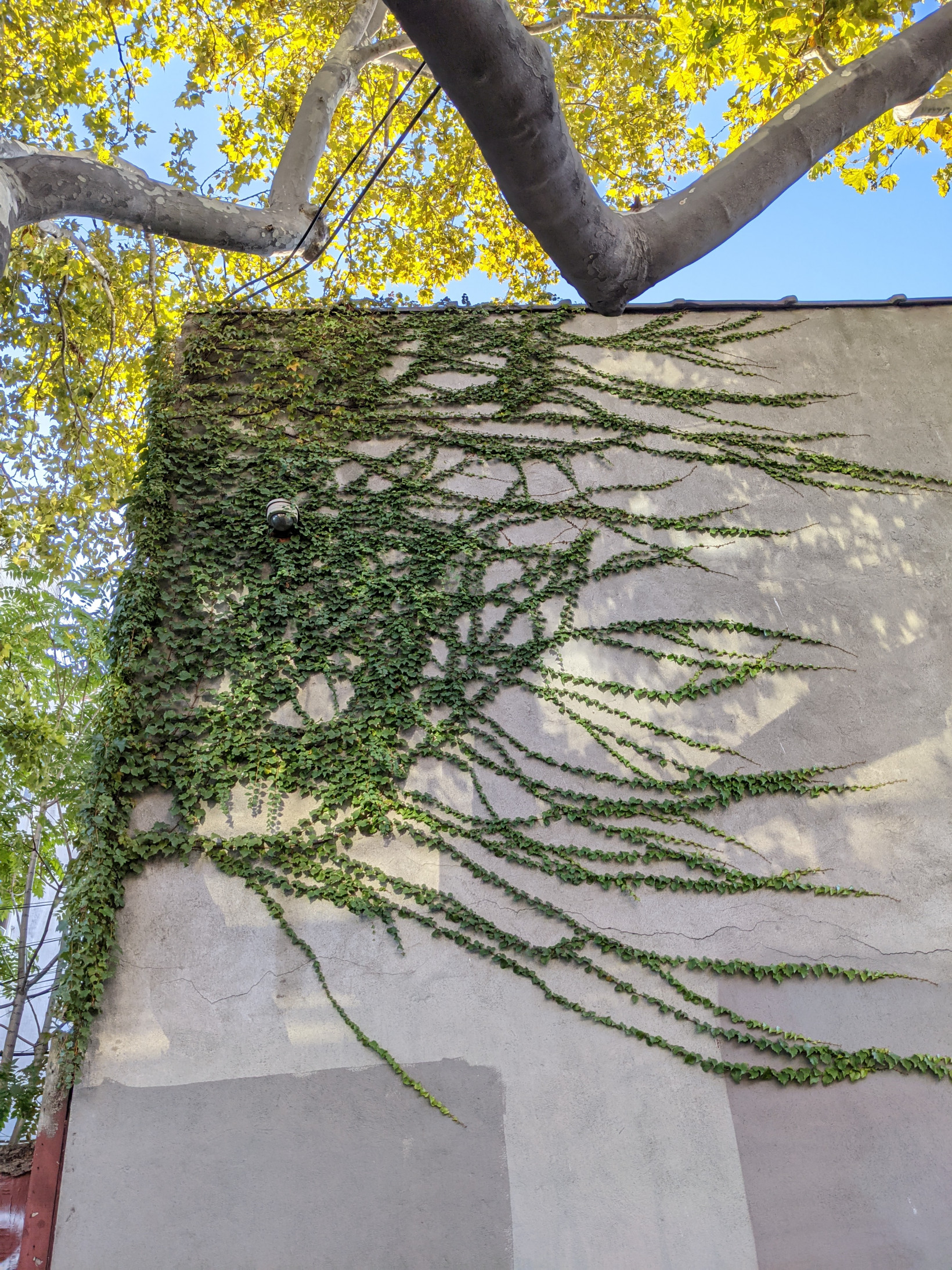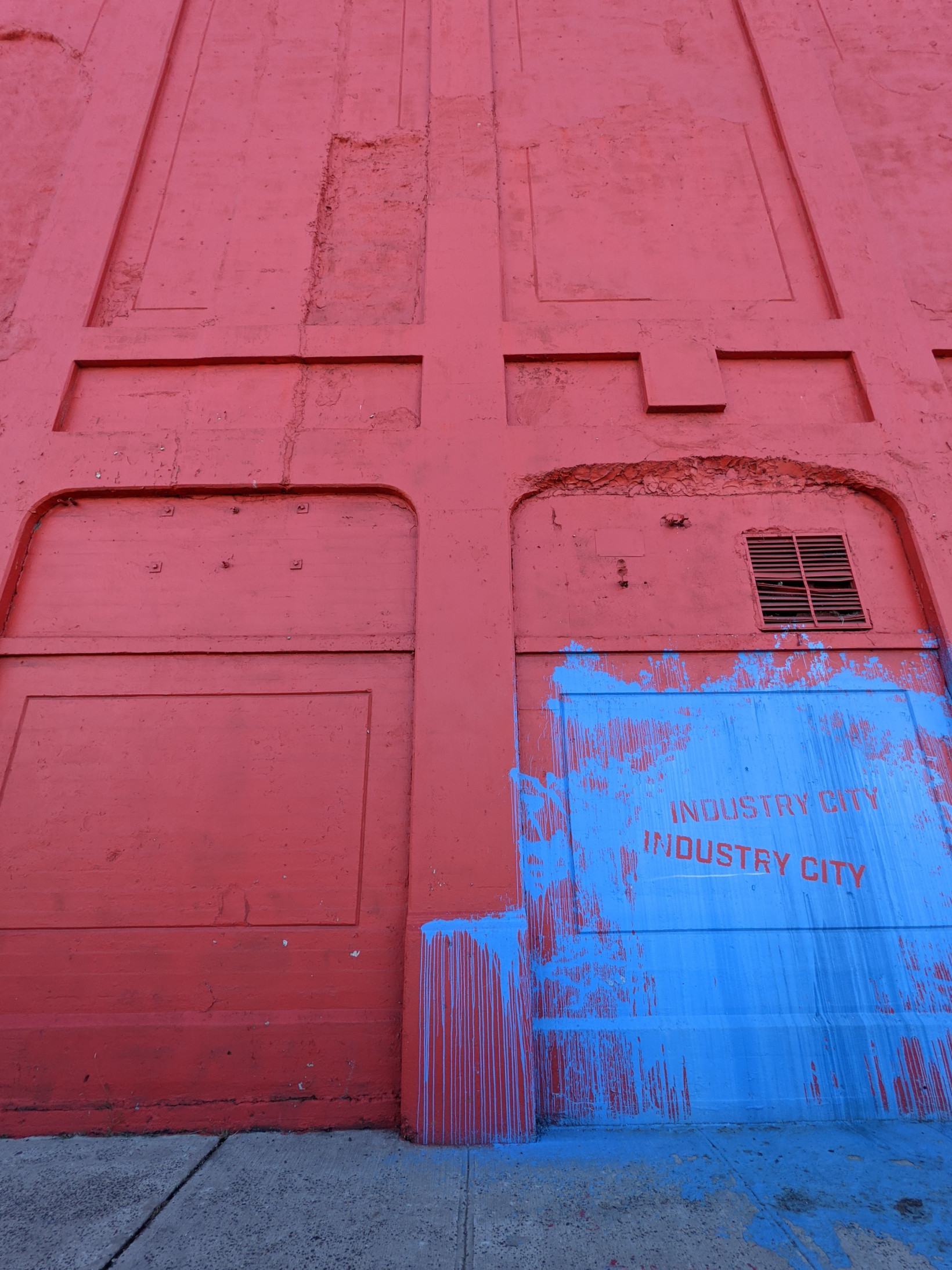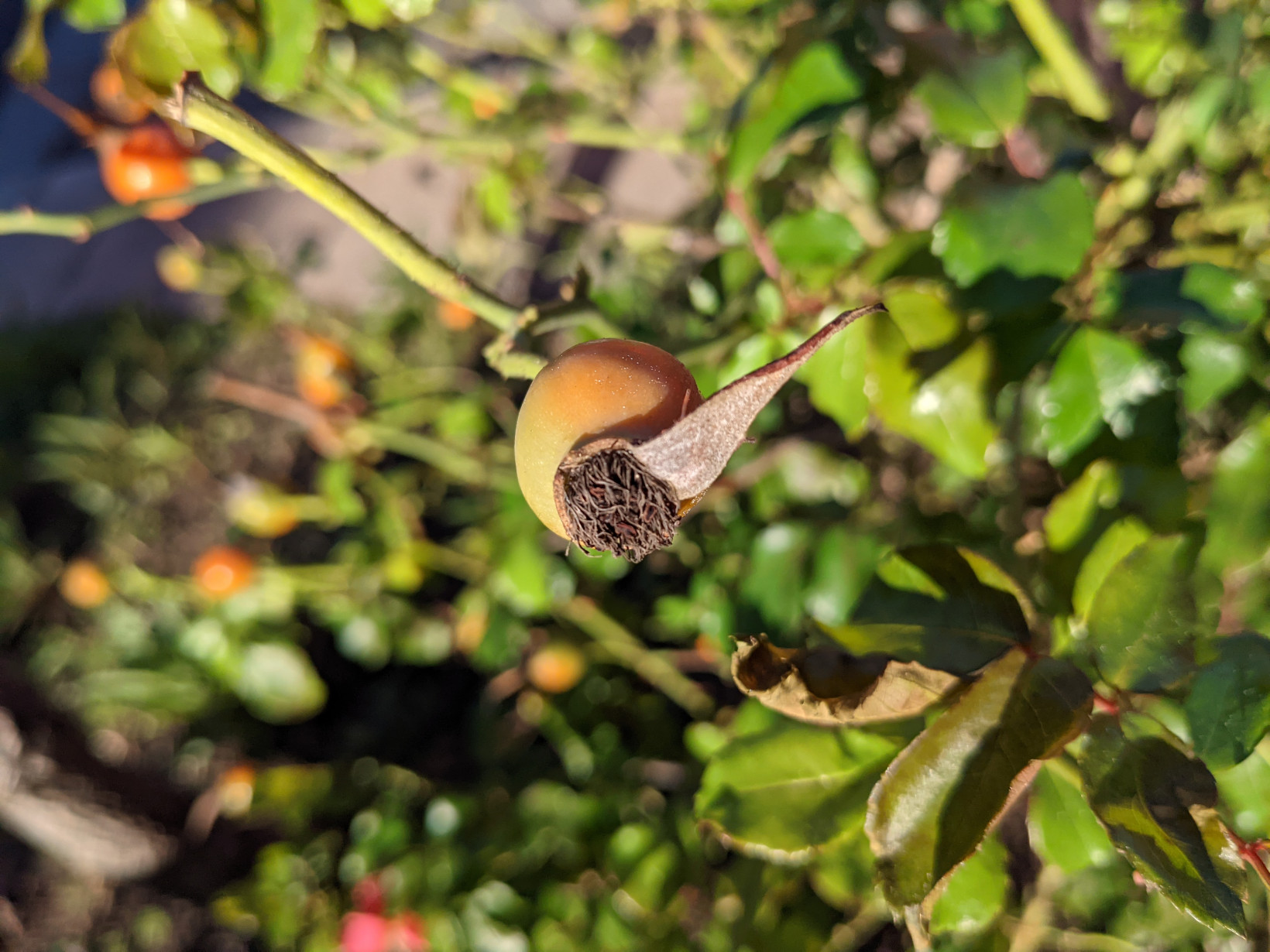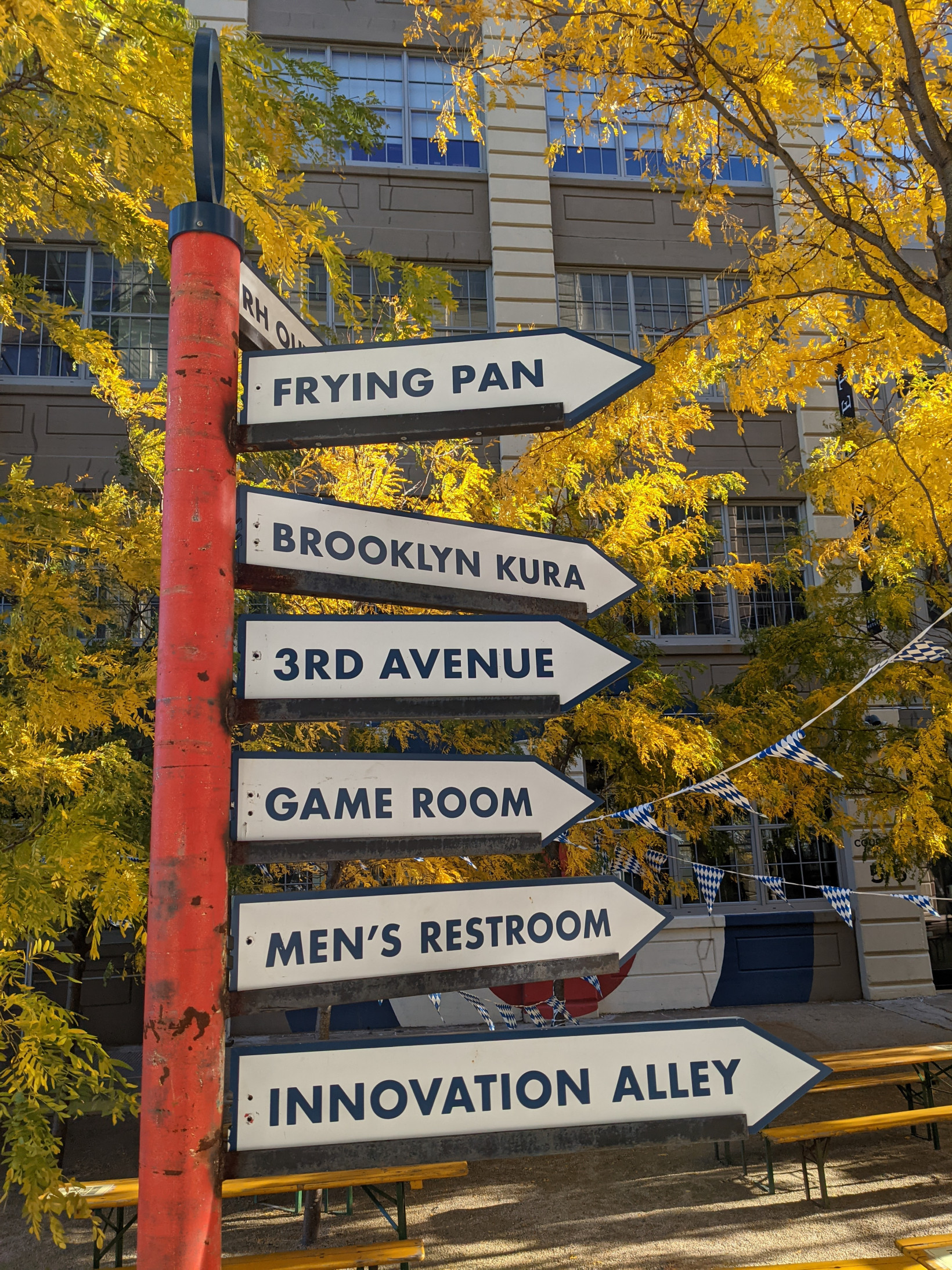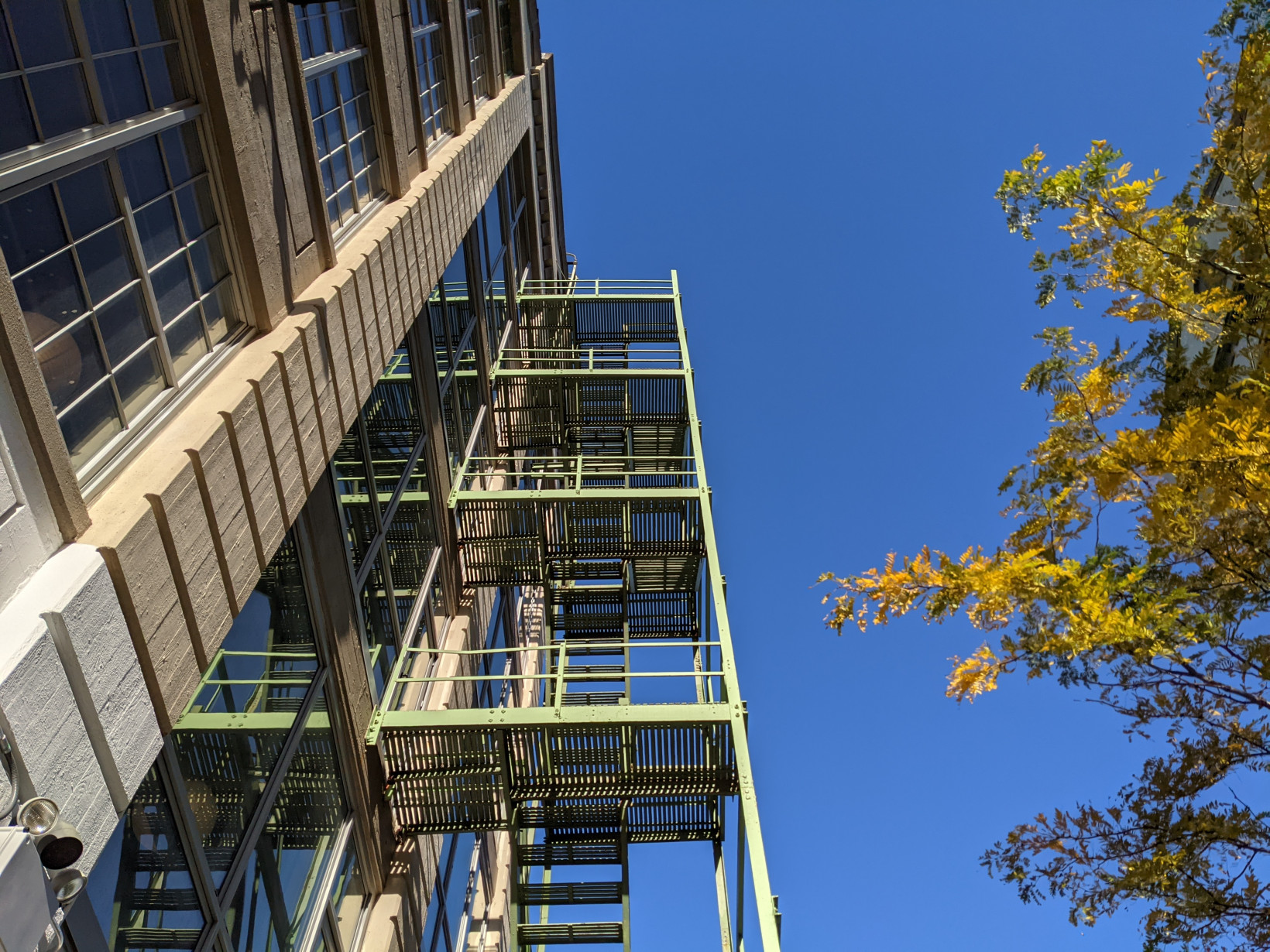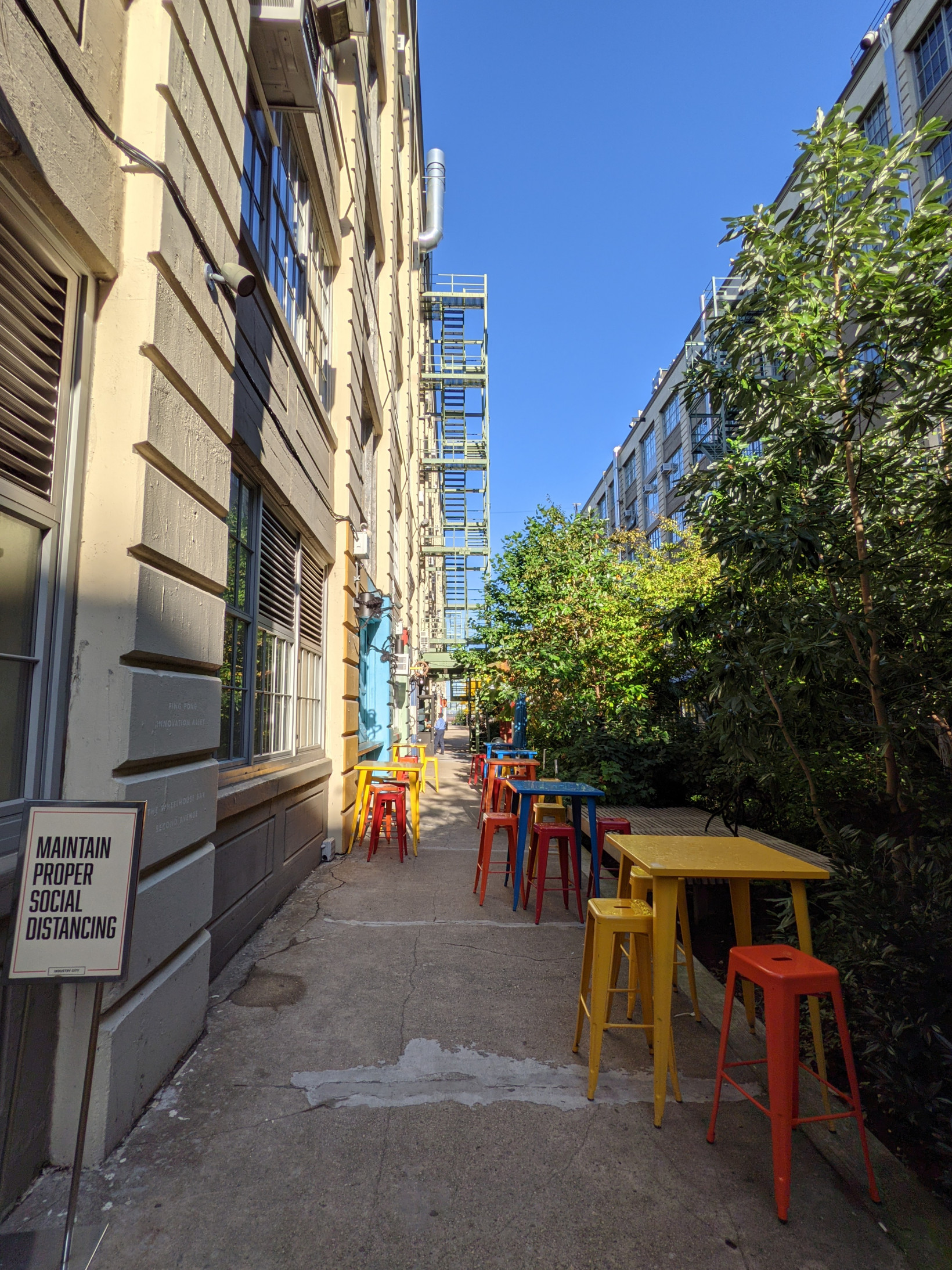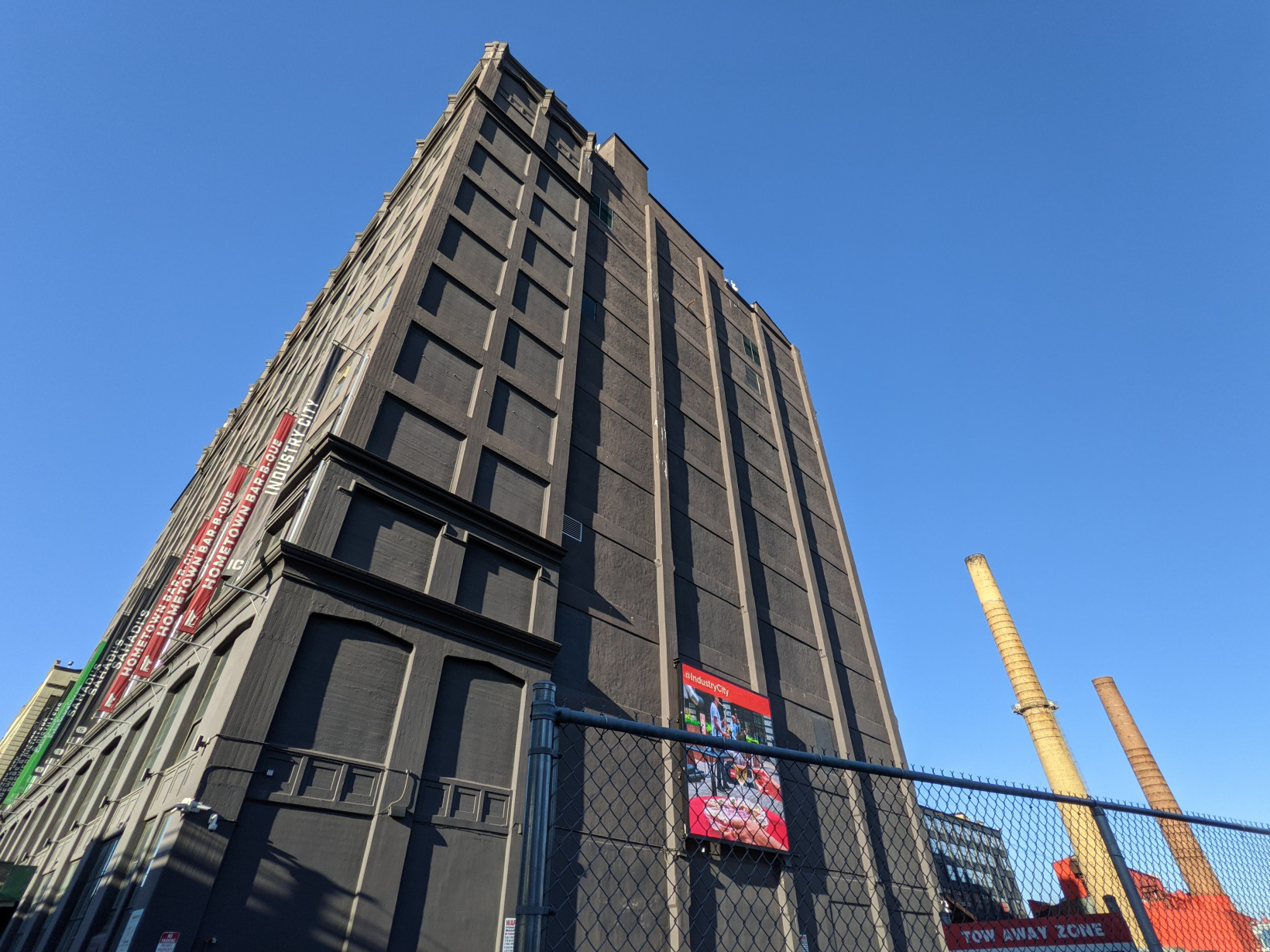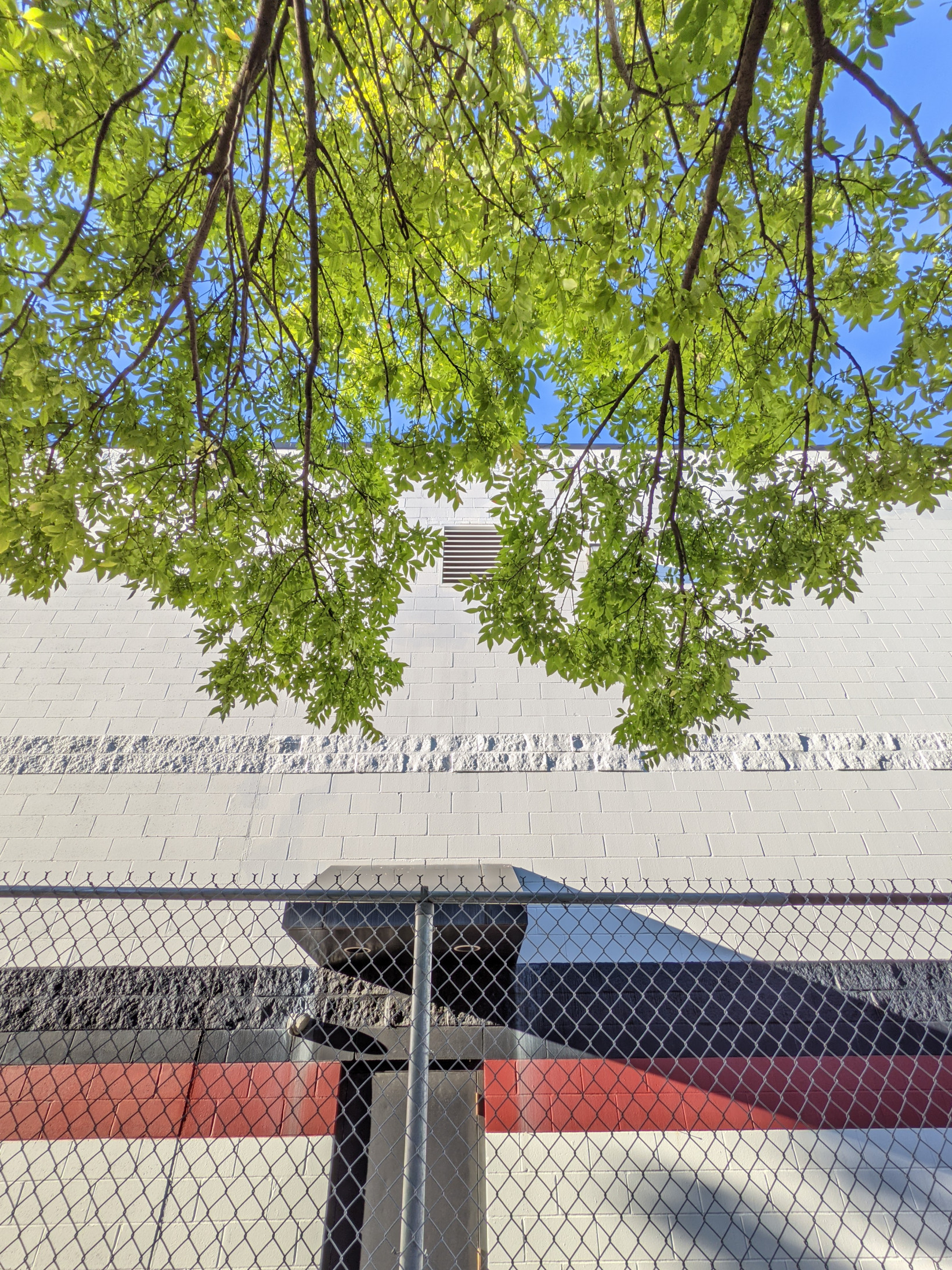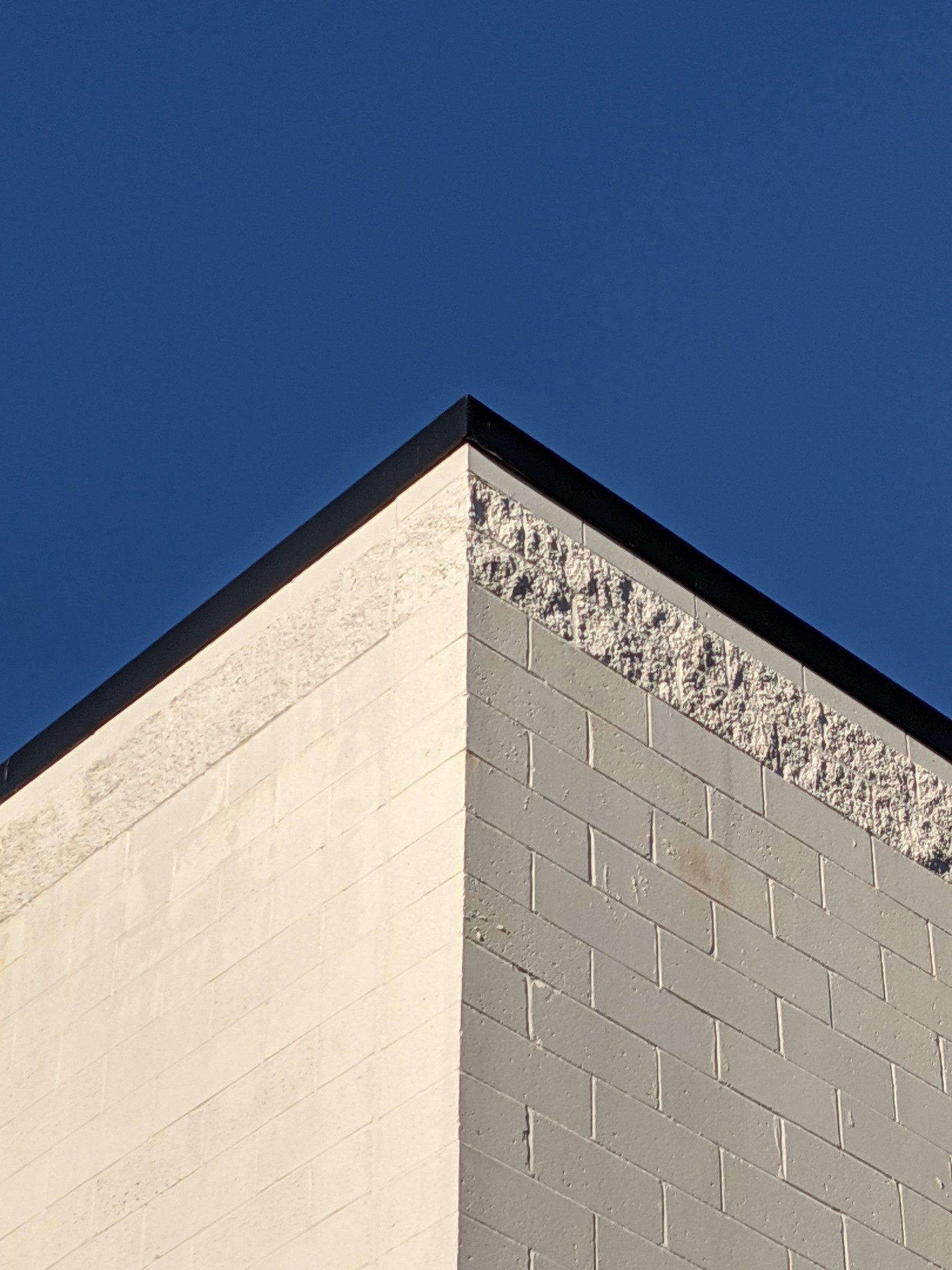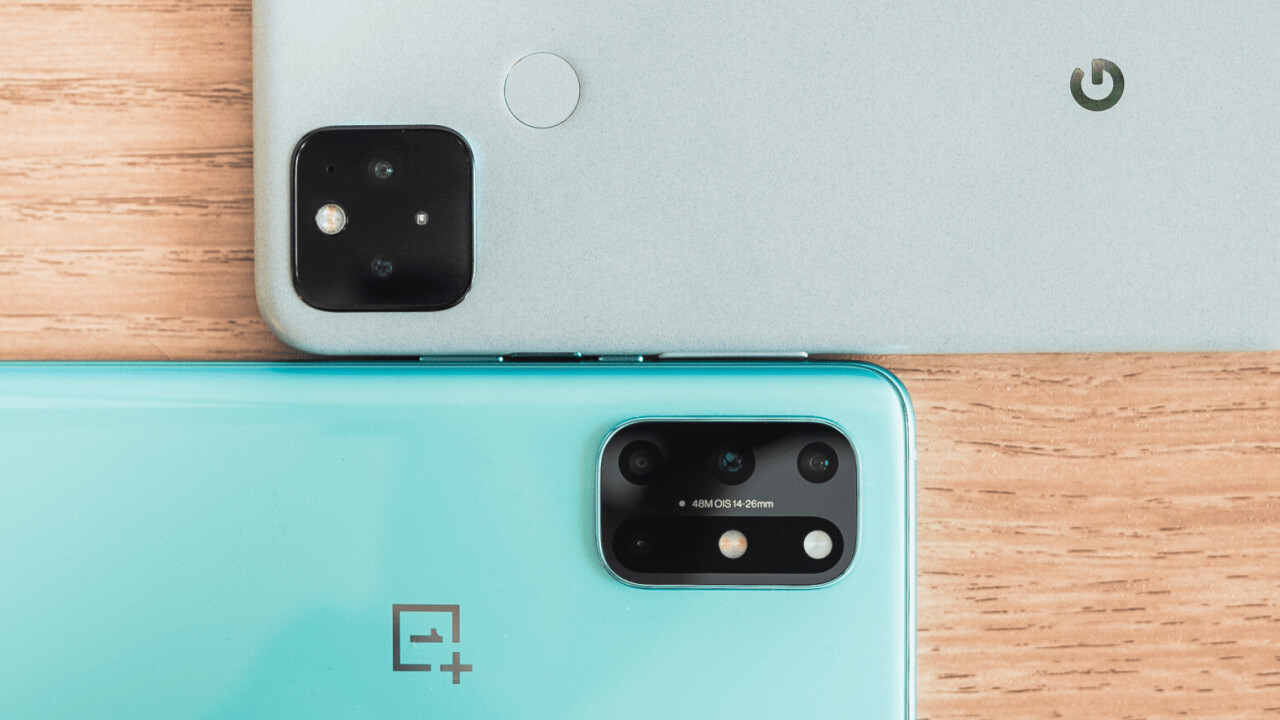
The OnePlus 8T and Pixel 5 are two of the newest contenders in the Android flagship market. Mobile photographers looking for a new phone might be considering these two phones, as they’re similarly priced at $750 and $700, respectively. They’re also both phones that appeal to users that like a minimal Android experience, and they both have ultrawide and wide lenses, but lack a proper telephoto one.
Google is coming into this race with the lead, often praised for of best smartphone camera. But OnePlus has been making substantial improvements throughout the years to cement its status as a flagship player, and in terms of raw specs, it has a clear advantage.
The Pixel 5 uses similar, if not identical sensors to the ones in the Pixel 4, this time switching the telephoto lens for an ultrawide. The 12MP, 1/2.55″ primary camera pales in comparison to the 48MP, 1/2″ inch camera in the OnePlus 8T. The latter is both sharper and can capture much more light. But of course, Google’s advantage is in its computational photography — software is essentially the entire reason to own a Pixel device.
I spent a couple of days shooting with both phones and found the cameras were quite competitive with each other.
This isn’t meant to be a scientific comparison, and I’ve only had the phones for a few days, so take my impressions with a grain of salt. Still, these photos should hopefully provide some perspective on which shooter is right for you.
Some notes: I am mostly using the phones in auto mode with the primary camera, unless otherwise specified. I might occasionally adjust the exposure of the images too, as this is what I do when I’m normally taking photos, and I wanted to use the phones as I would in real life.
#1 – Primary camera
OnePlus 8T:
Pixel 5:
We start with a pretty high-contrast scene for the primary camera, which both phones handle with aplomb. Both phones show a similar detail resolution, exposure, and dynamic range. I prefer the slightly warmer colors and deeper blue sky on the Pixel 5’s image, but the OnePlus 8T is a little punchier.
Those are common trends we’ll see in these images, at least in the daytime.
#2 – Same scene, but in ultrawide
OnePlus 8T:
Pixel 5:
Again, very similar performance, and it could go either way. Pixel peepers may notice the OnePlus appears to be applying heavier noise correction to the dark regions, but it’s unlikely to be a big deal for casual image-viewing. On the other hand, the 8T’s ultrawide camera is a little wider.
#3 – 2x zoom
Neither phone has an proper telephoto lens, so here’s how the phones compare when using digital zoom at the default 2x level.
OnePlus 8T:
Pixel 5:
Again, both phones appear quite similar, showing they’re fine doing a light amount of zoom, although the OnePlus appears just a little sharper, as one might expect from the higher native megapixel count. However, Google appears to have done a better job on white balance and exposure.
#4 – Direct sunlight, high contrast, ultra-wide
OnePlus 8T:
Pixel 5:
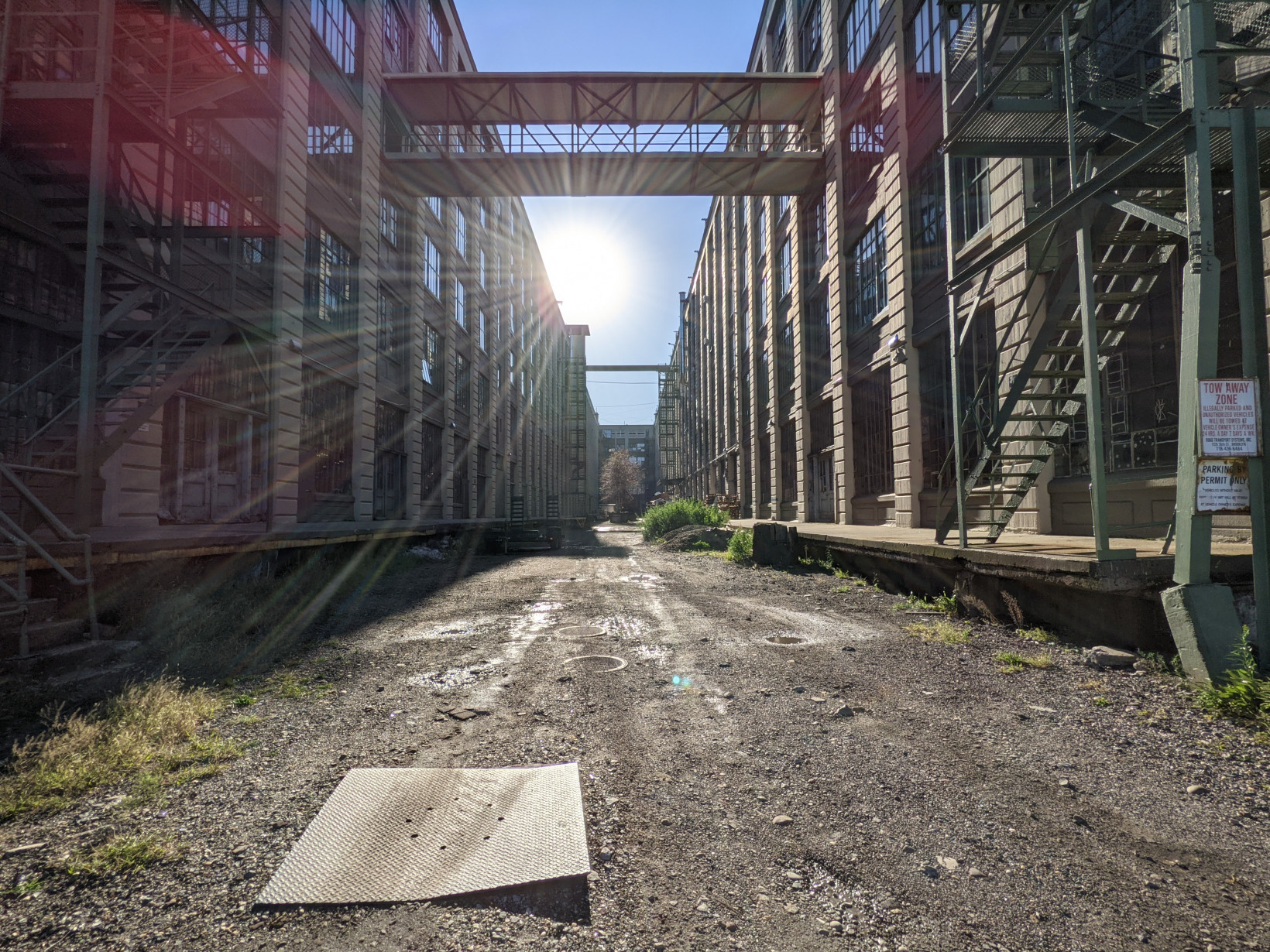
This is a challenging scene that really shows how far mobile photography has come. A few years ago, either the sky would’ve been completely blown out, or the shadows would be crushed in trying to retain some highlight detail.
Both phones handle the scene excellently, although once again the Pixel has slightly warmer, while the OnePlus image is less washed out. OnePlus takes this one, for me.
That said, it’s also worth noting the Pixel has a trick up its sleeve. The phone has sliders for both exposure and shadows during shooting, altering image processing at the source. It gives you a lot of creative freedom on the fly.
While the following image is washed out, it shows how much shadow detail you can recover on the Pixel 5:
#5 – Portrait mode, dog
This is my dog, Ozzie. She does not like to sit still for posing, so framing isn’t exactly identical.
OnePlus 8T:
Pixel 5:
If you enjoy shooting in portrait mode, in my experience, the Pixel 5 is by far the better option. What’s not shown above how many more successful shots I got with the Pixel 5 compared to the OnePlus 8T. It took me several tries to get one useable shot with this moving subject on the latter, while the Pixel 5 nailed it every time.
It’s a shame, because OnePlus has a dedicated depth camera just for these purposes. However, whether photographing humans or animals, you have to wait for the ‘depth effect’ sign to light up before you take the shot — and that can be deathly slow — or else the feature won’t kick in.
The OnePlus 8T also has a greater tendency towards a blurry foreground, and the images seem to be lower quality than when shooting in normal mode overall:
No such trouble with the Pixel 5. It worked every time I pressed the shutter button:
#6 – Portrait mode, selfie camera
OnePlus 8T:
I don’t know what my face is doing here.
Pixel 5:
The OnePlus 8T slightly over-exposed this scene image with intense backlighting, while the Pixel 5 slightly under-exposed it. The latter does a better job of selecting around my hair, although it commits the classic error of not blurring out a segment of the image.
Here again, I appreciate the Pixel’s independent highlight and shadow controls. But new to the Pixel 5 is the Portrait Light effect, which uses AI to change the lighting in a portrait photo. As if showing off, Google doesn’t even require it to be a photo actually taken on the Pixel 5.
Here’s an old picture of me without a mask for the full effect. It’s bonkers:
#7 – Indoors, backlighting, Captain America
OnePlus 8T:
Pixel 5:
While the phones tend to expose things similarly, in difficult lighting situations, the Pixel 5 seemed to gravitate towards protecting more highlights, while the OnePlus 5T seemed more concerned with proper lighting on the subject. On balance, I think OnePlus takes this one.
#8 – Max Zoom
Here are some tower thingies:
Say you want to see the top of the right tower. Neither phone has a proper telephoto camera, so which does a better job of digital zoom?
OnePlus 8T:
Pixel 5:
Neither phone can compare with a good telephoto lens, but despite its far lower resolution, the Pixel 5 appears to resolve more detail at its maximum zoom setting. Even though the OnePlus appears to zoom closer at first glance, closer inspection shows less detail on the bricks and aliasing along edges.
#9 Macro
The OnePlus 8T has a dedicated macro camera, so how much closer can it actually get to your subject?
OnePlus 8T:
Pixel 5:
No contest on this one. If you’re into pointing your phone at tiny things, OnePlus takes the W.
#10 – Low Light, standard camera
OnePlus 8T:
Pixel 5:
By default, Google wins this one easily, because it activates Night Sight automatically. However, OnePlus says an update will arrive to activate its Nightscape mode automatically as well. Here’s the OnePlus again, this time with Nightscape:
Google still wins this one, though things get closer. We also see some of the daylight trends reverse at night. At night, the Pixel 5 tends to be a little cooler, while OnePlus 8T is warmer. Likewise, Google tends to be a little brighter, and OnePlus a little darker.
From here on out, I’ll be using Nightscape on the OnePlus 8T, as it’s more representative of what users will use in the long term.
#11 – Low light, primary camera
OnePlus 8T:
Pixel 5:
Google’s Night Sight tends to be brighter and more vibrant in general. It makes for prettier photos, and Google has little trouble keeping up with the OnePlus’ larger sensor. I think Google’s rendering is more pleasing, but you can argue OnePlus’ approach is more true to life.
#12 – Low light, ultrawide
OnePlus 8T:
Pixel 5:
OnePlus exposed this scene better, and the colors were more true to life. The Pixel image is a also a little blurrier when zooming in.
#13 – Low light, primary camera
OnePlus 8T:
Pixel 5:
Both cameras did a great job here, though you can see again the OnePlus trends warmer at night — and probably a little more true to life in this photo.
#13 – High contrast, moving leaves ultrawide
OnePlus:
Pixel 5:
A tricky lighting situation that I think the Pixel handled a little better. It also froze the moving leaves better as well.
#14 – High contrast, primary
OnePlus
Pixel 5:
I prefer the warmer colors on the Pixel, but OnePlus wins overall for the punchier details in the leaves and slightly better dynamic range.
Extras
Here are some more photos for you to feast your eyes on.
OnePlus 8T:
And the Pixel 5:
The shooting experience
The main thing I noticed shooting with these two cameras is that they are more similar than different. I was impressed with both devices for different reasons: the Pixel 5 for how well its relatively small sensor manages to keep up, and the OnePlus 8T for how far it’s come from a few years ago.
The OnePlus 8T captures images with excellent dynamic range, solid color rendering, and punchy-but-tasteful contrast. Its images are also slightly sharper and less noisy than the Pixels on the whole, and OnePlus’ Nightscape mode is basically just as good as Google’s Night Mode, if a little less consistent.
I think photographers will be happy with either camera, but my personal inclination is towards the Pixel.
It felt a little more responsive in use, despite the slower processor, and I prefer the Pixel’s slightly warmer daytime rendering. Then there are the unique Pixel features, like the shadow exposure slider and portrait relighting, which are two of my favorite features in a smartphone camera, and which have a major effect on how the images I end up sharing will look. In portrait mode, the Pixel also has an easy win.
But it’s also worth noting I’m biased — I’ve been using a Pixel as my primary phone since the original. Even though the company has barely improved its camera hardware since then, I’m drawn to its rendering and unique features.
Which camera do you think won?
Get the TNW newsletter
Get the most important tech news in your inbox each week.

